- Filter By:
-
-
Stock photos and images of username:creativepic

A saddle joint is a type of synovial joint in which the opposing surfaces are reciprocally concave and convex.
Stock PhotoUsername
creativepicResolution
4320x3122pxA saddle joint is a type of synovial joint in which the opposing surfaces are reciprocally concave and convex.
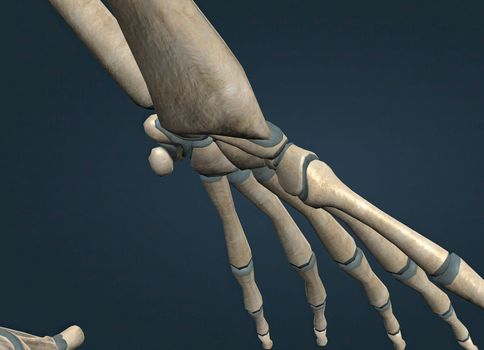
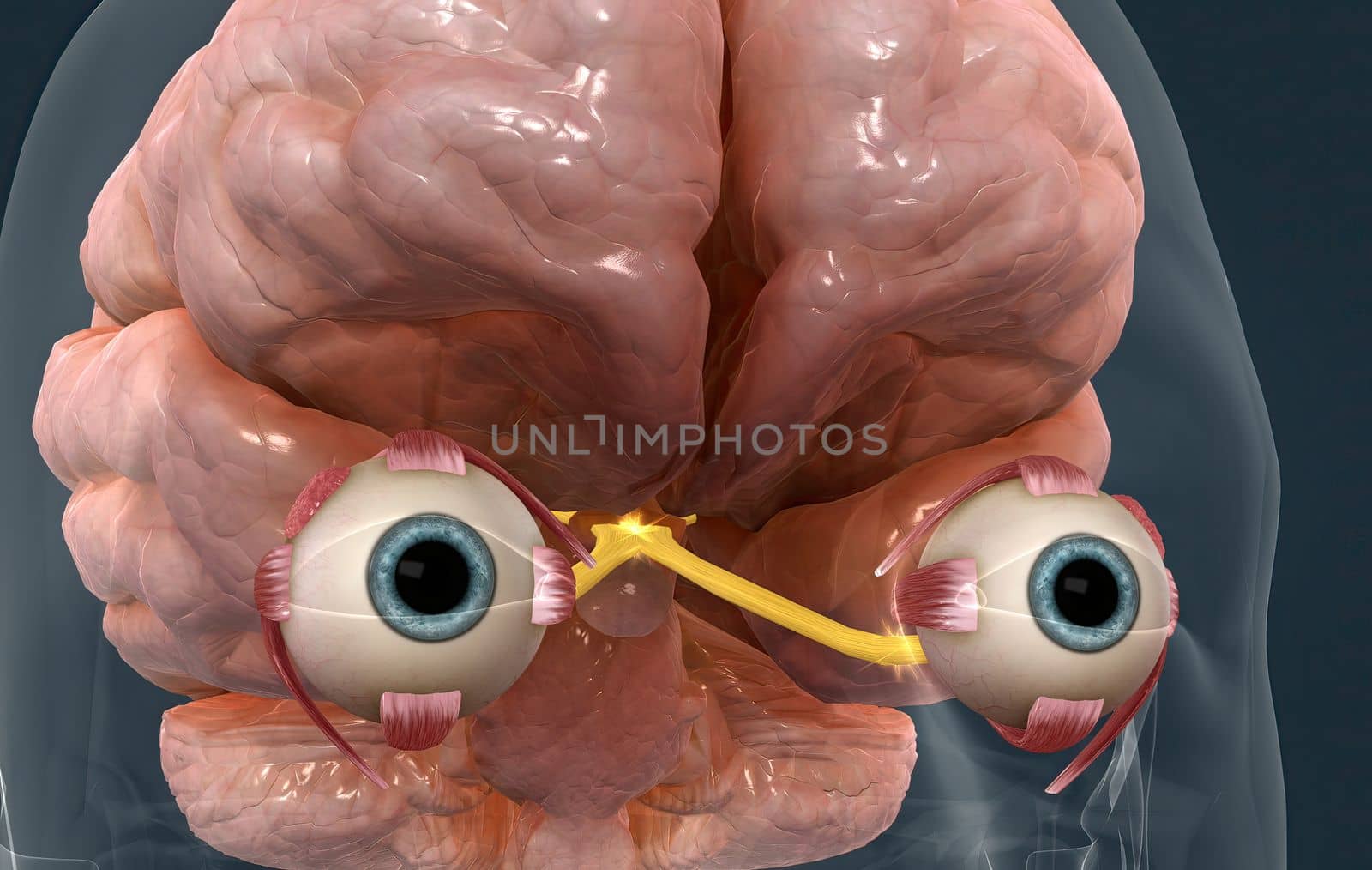
The mechanism of vision in the human eye
Stock PhotoUsername
creativepicResolution
4962x3146pxThe mechanism of vision in the human eye

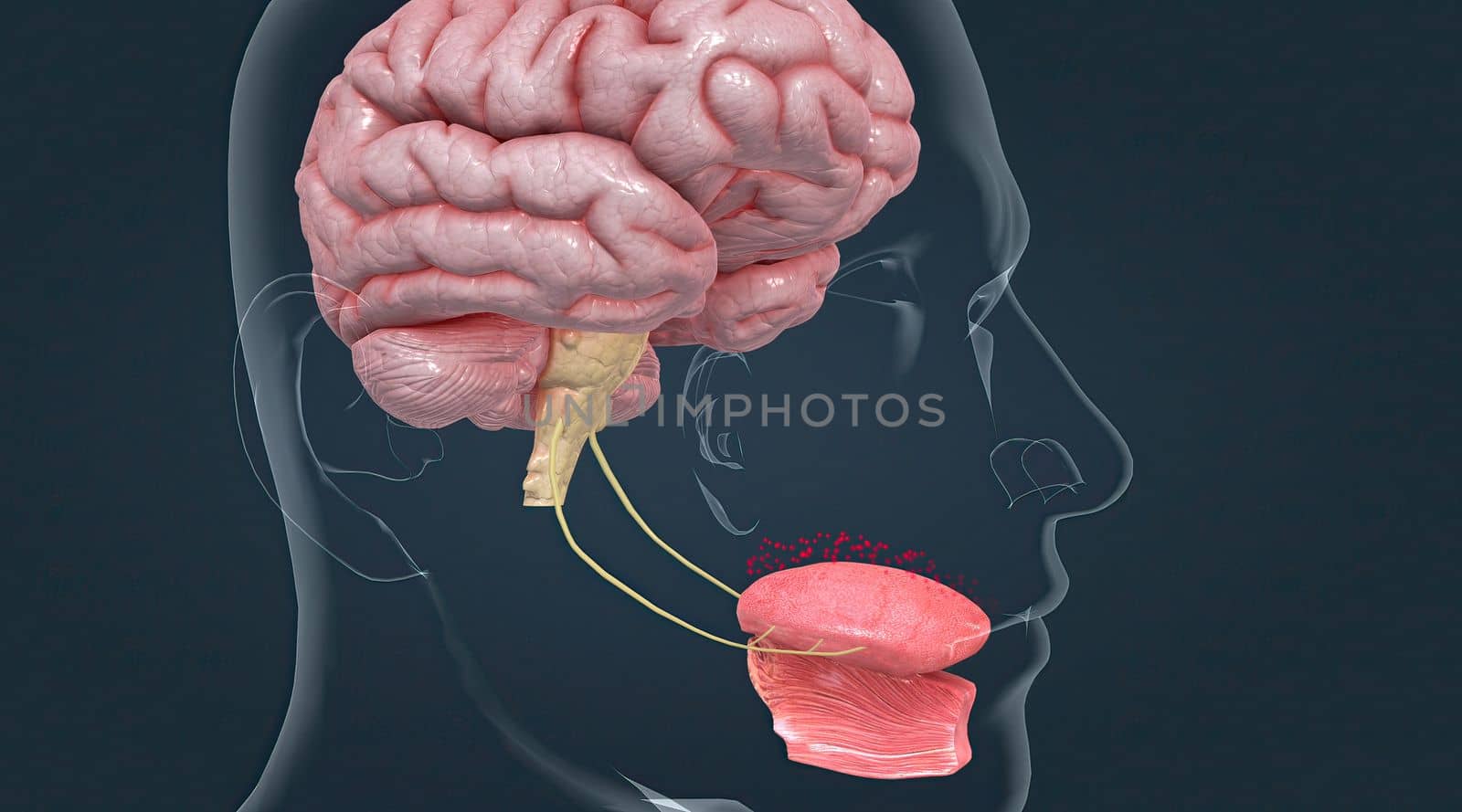
Taste is sensed by chemosensory receptors known as taste buds.
Stock PhotoUsername
creativepicResolution
5404x3002pxTaste is sensed by chemosensory receptors known as taste buds.

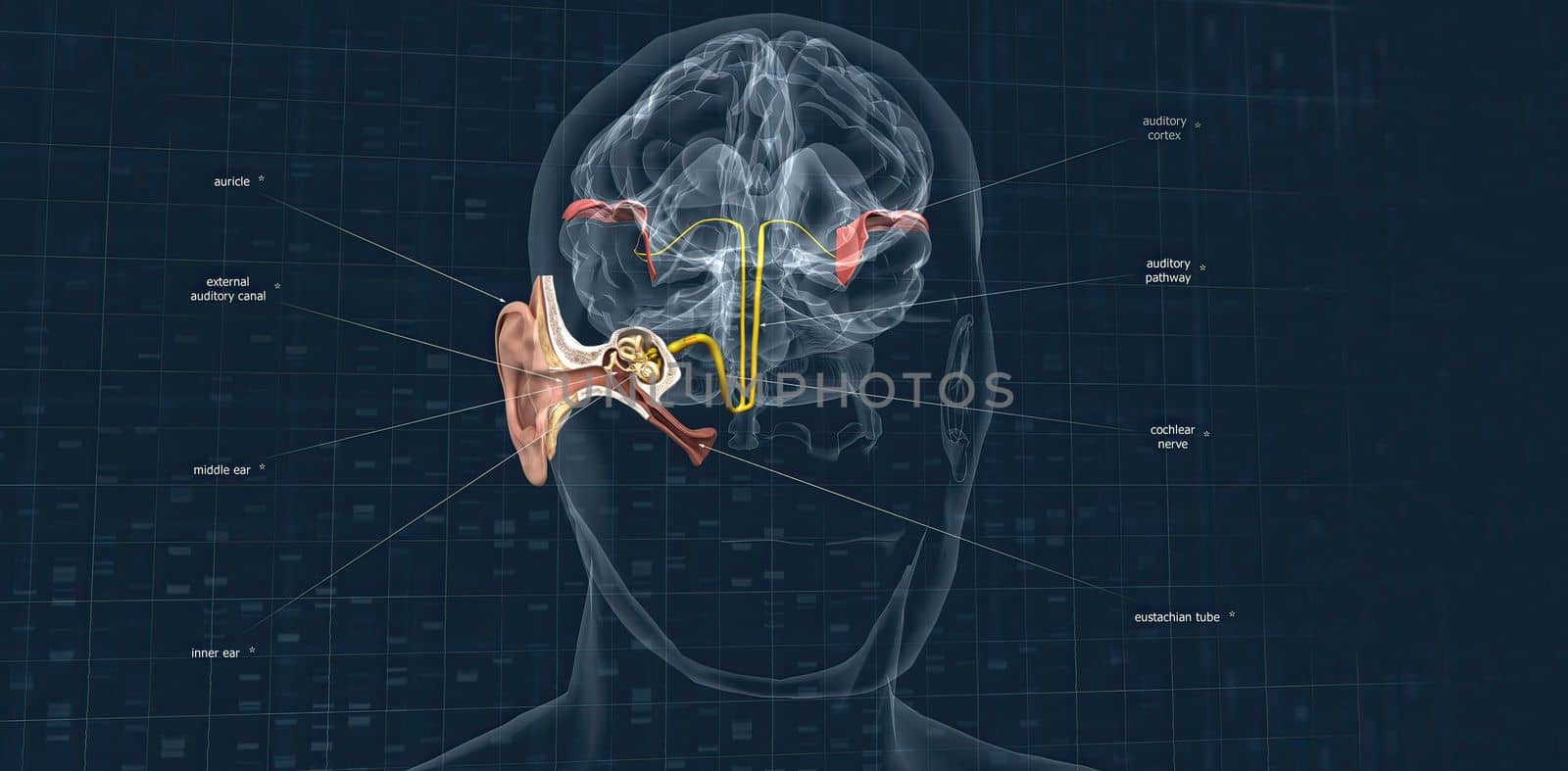
Sound passes through the ear and carries signals to the brain stem through the auditory nerve.
Stock PhotoUsername
creativepicResolution
5496x2704pxSound passes through the ear and carries signals to the brain stem through the auditory nerve.

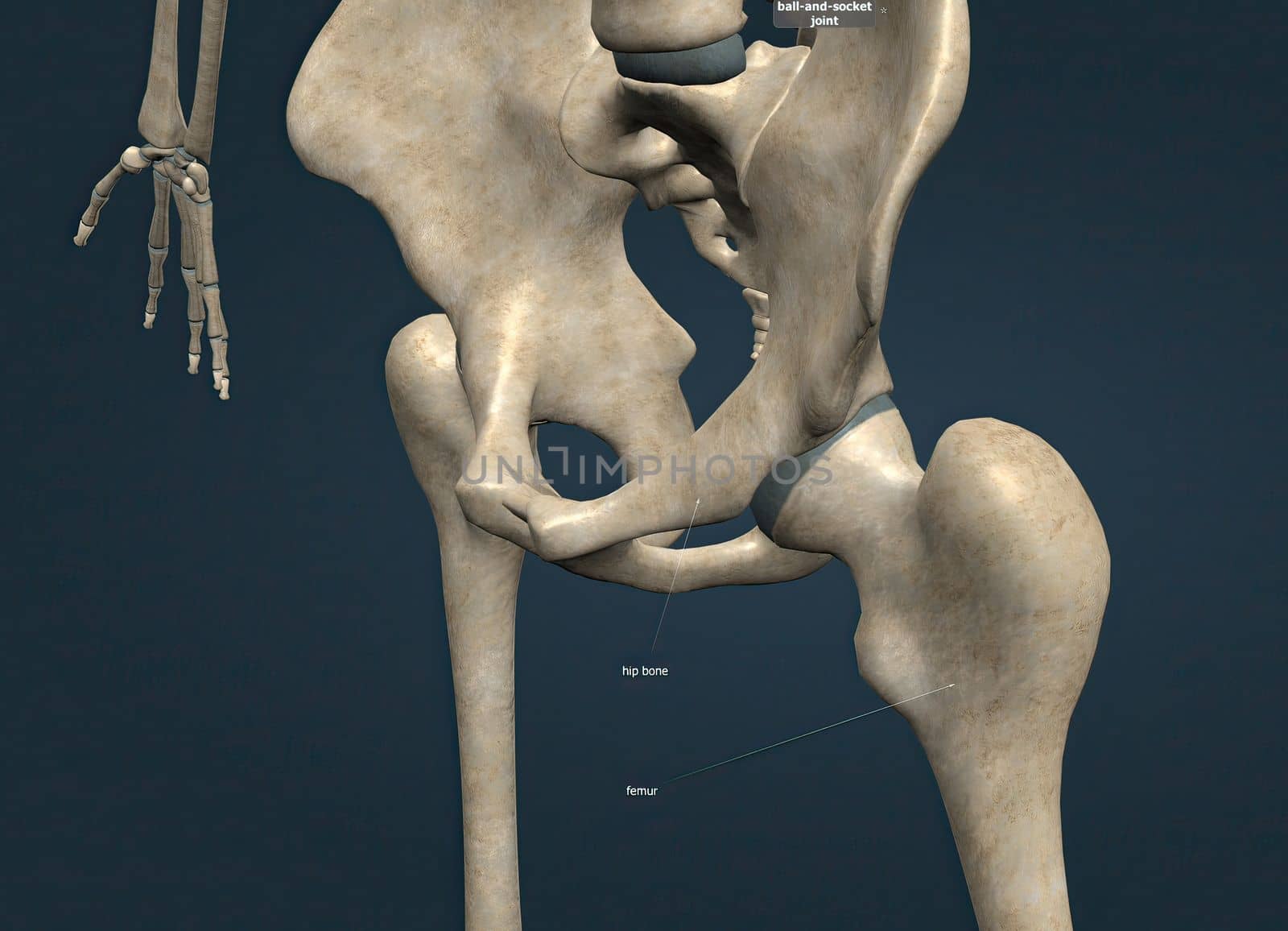
When the hip joint, thighbone and hip bone come together, they form one of the most important joints in the Human body.
Stock PhotoUsername
creativepicResolution
4320x3122pxWhen the hip joint, thighbone and hip bone come together, they form one of the most important joints in the Human body.

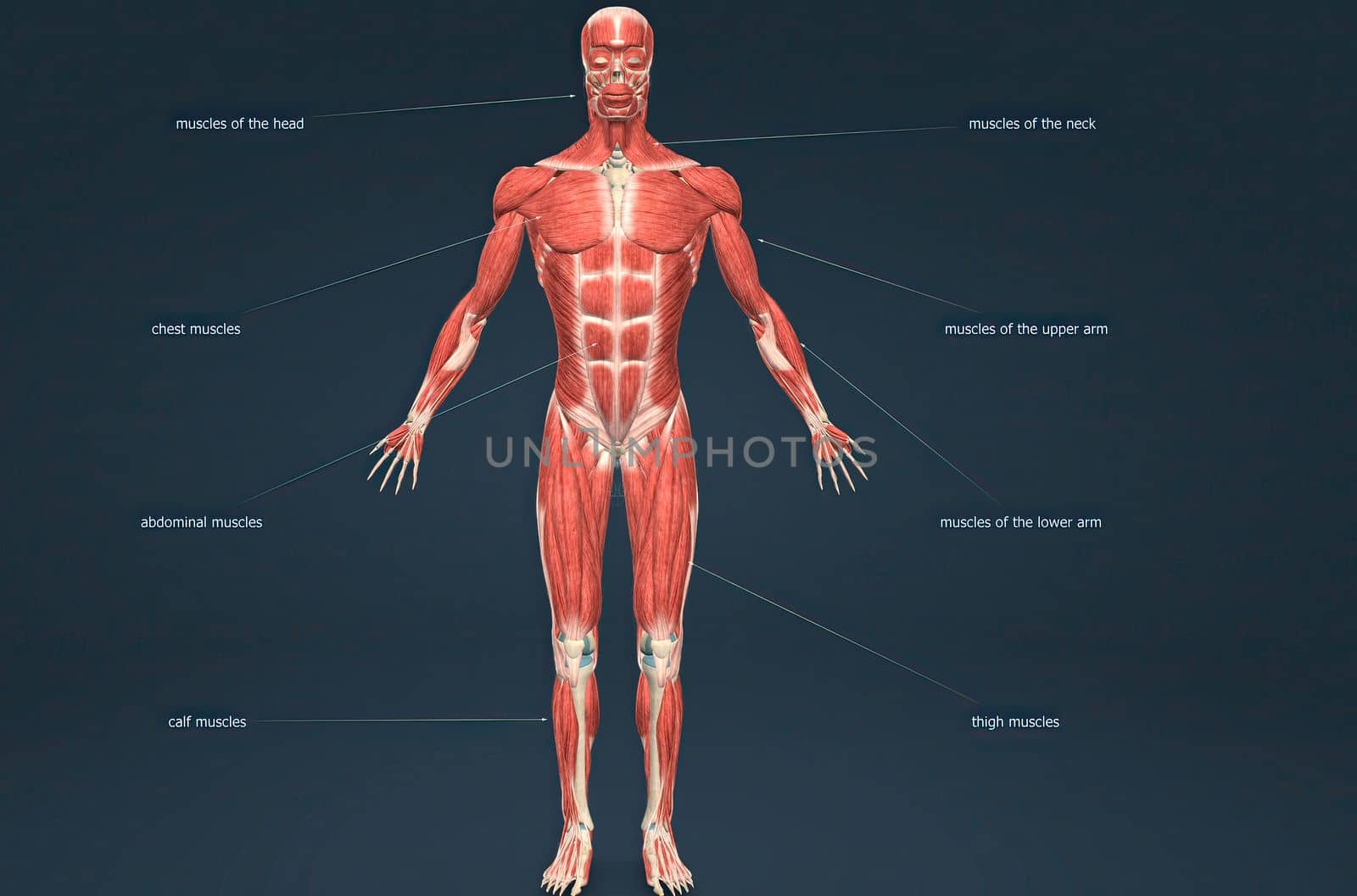
Male human muscular system anatomy
Stock PhotoUsername
creativepicResolution
4716x3116pxMale human muscular system anatomy

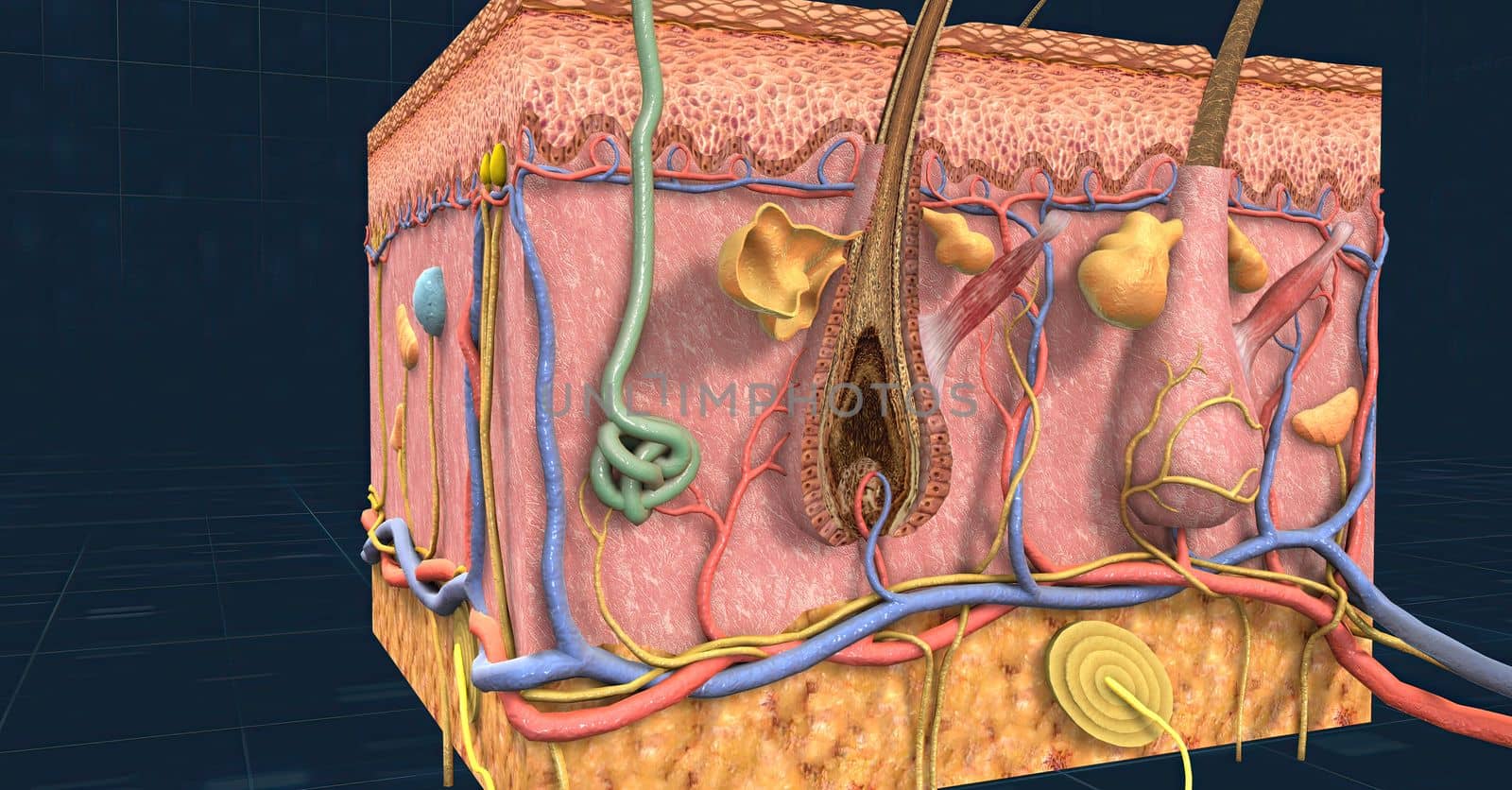
Anatomy of the skin, showing the epidermis, dermis, and subcutaneous tissue.
Stock PhotoUsername
creativepicResolution
5694x2976pxAnatomy of the skin, showing the epidermis, dermis, and subcutaneous tissue.

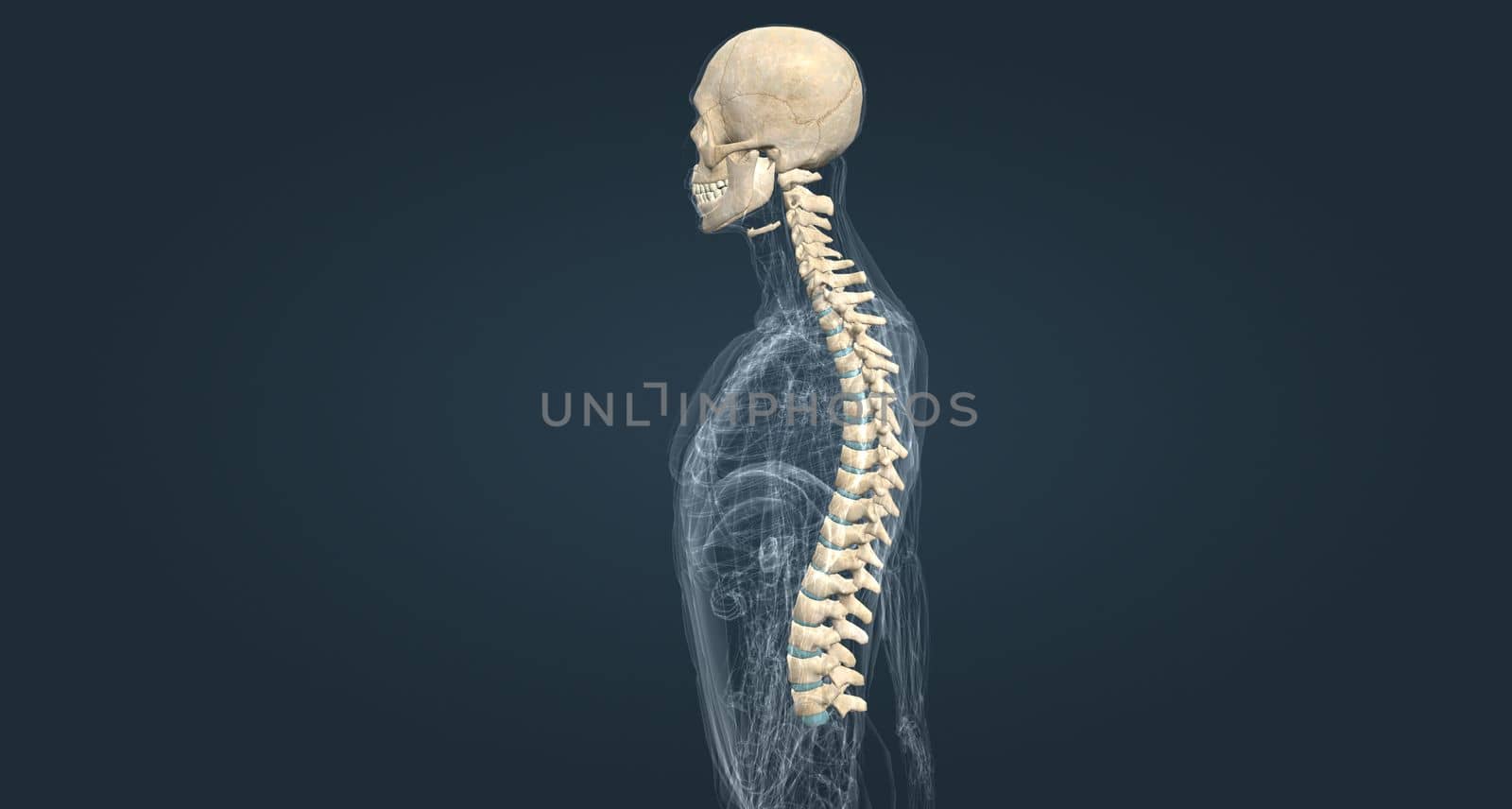
The male spinal column extends from the skull to the pelvis and is made up of 33 individual bones termed vertebrae.
Stock PhotoUsername
creativepicResolution
2764x1479pxThe male spinal column extends from the skull to the pelvis and is made up of 33 individual bones termed vertebrae.

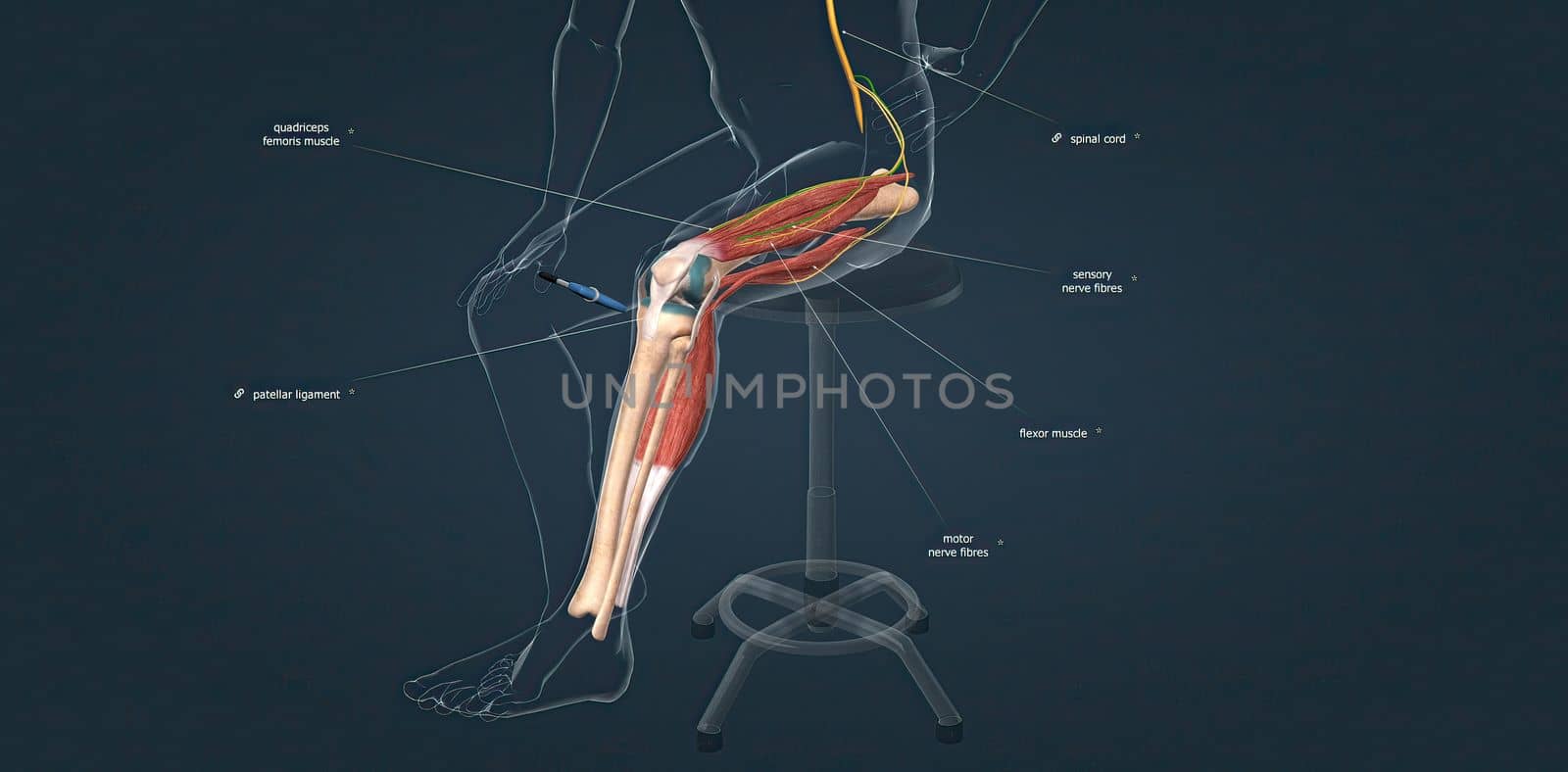
The patellar reflex is a reflex that causes the quadriceps muscle to contract when the patellar tendon is stretched.
Stock PhotoUsername
creativepicResolution
5482x2700pxThe patellar reflex is a reflex that causes the quadriceps muscle to contract when the patellar tendon is stretched.

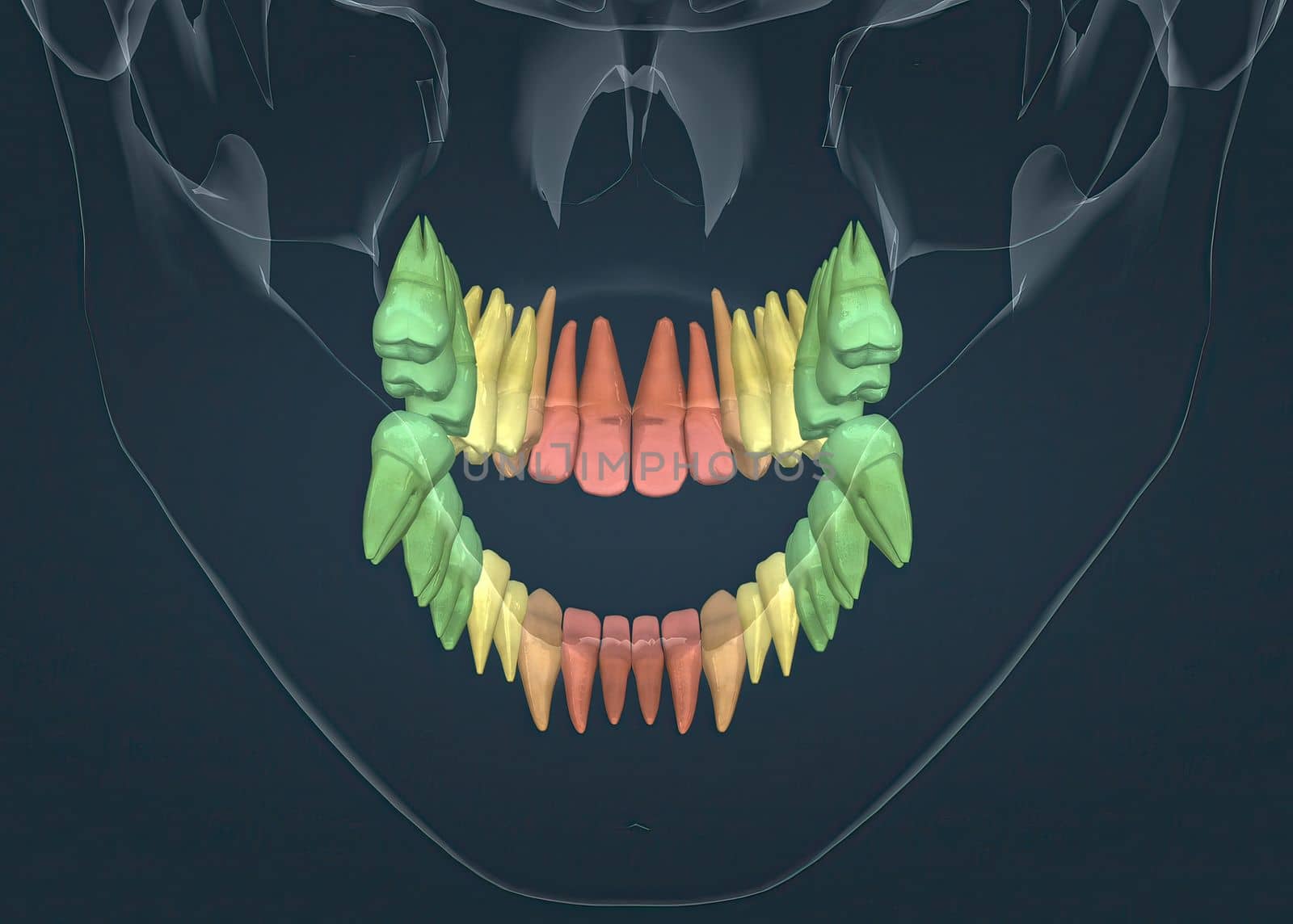
Full anatomy upper and lower teeth
Stock PhotoUsername
creativepicResolution
4382x3132pxFull anatomy upper and lower teeth

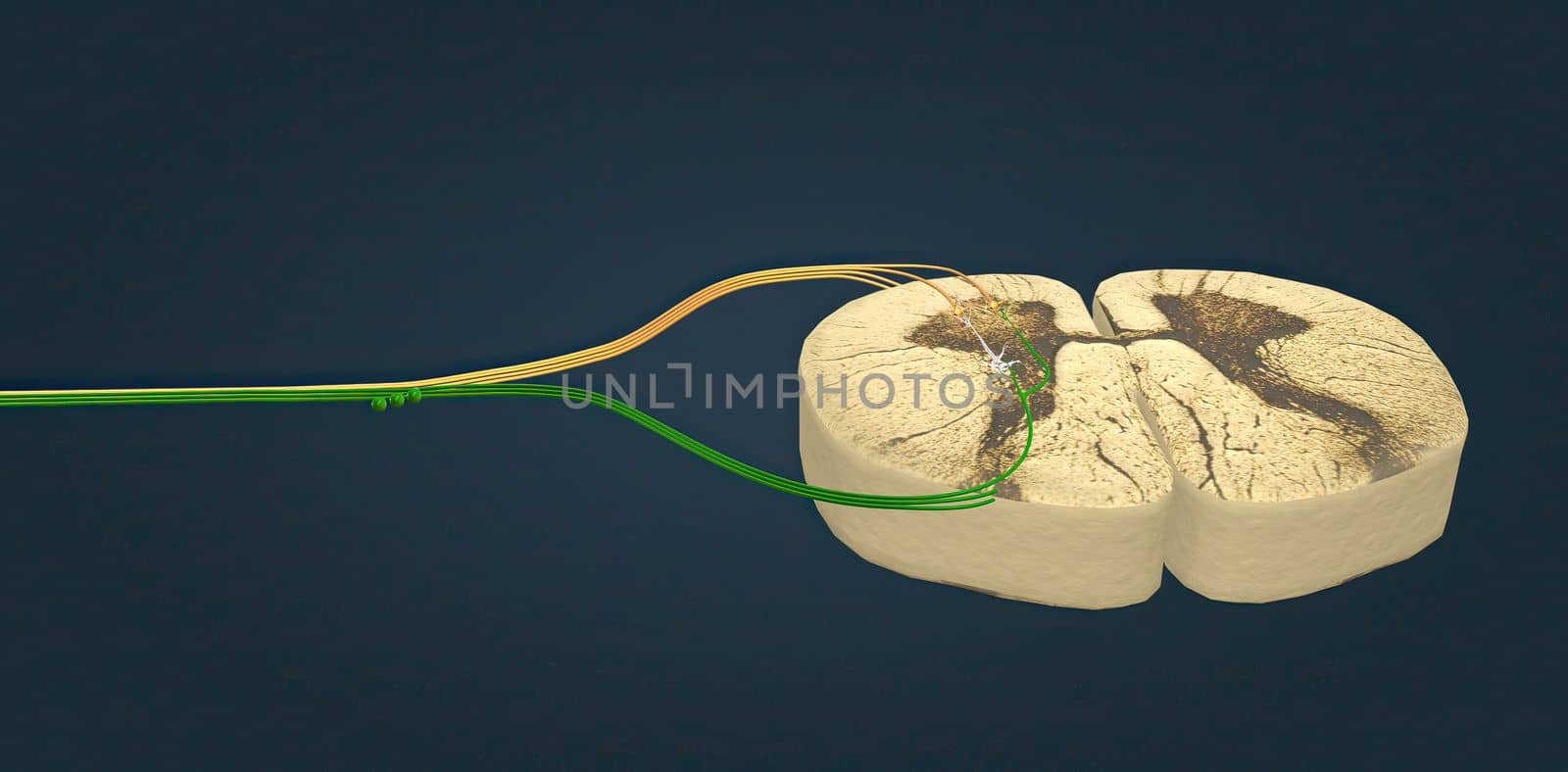
The spinal cord consists of a column of the spine.
Stock PhotoUsername
creativepicResolution
5482x2700pxThe spinal cord consists of a column of the spine.


Male Trunk muscles are the muscles that cover the trunk
Stock PhotoUsername
creativepicResolution
4850x3116pxMale Trunk muscles are the muscles that cover the trunk
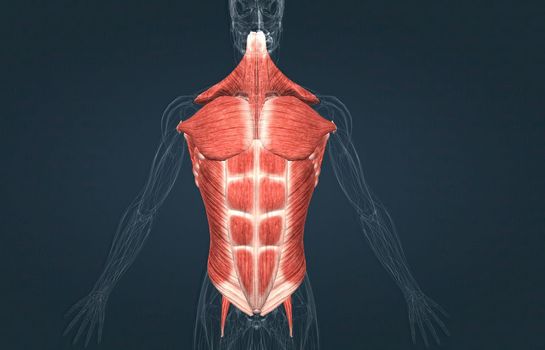

The bones of the rib cage are the thoracic vertebrae, twelve pairs of ribs, and the sternum.
Stock PhotoUsername
creativepicResolution
4974x3090pxThe bones of the rib cage are the thoracic vertebrae, twelve pairs of ribs, and the sternum.
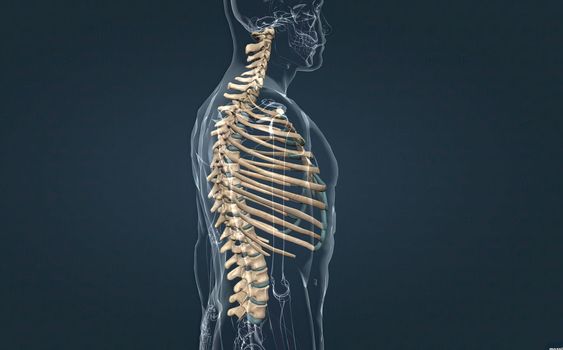
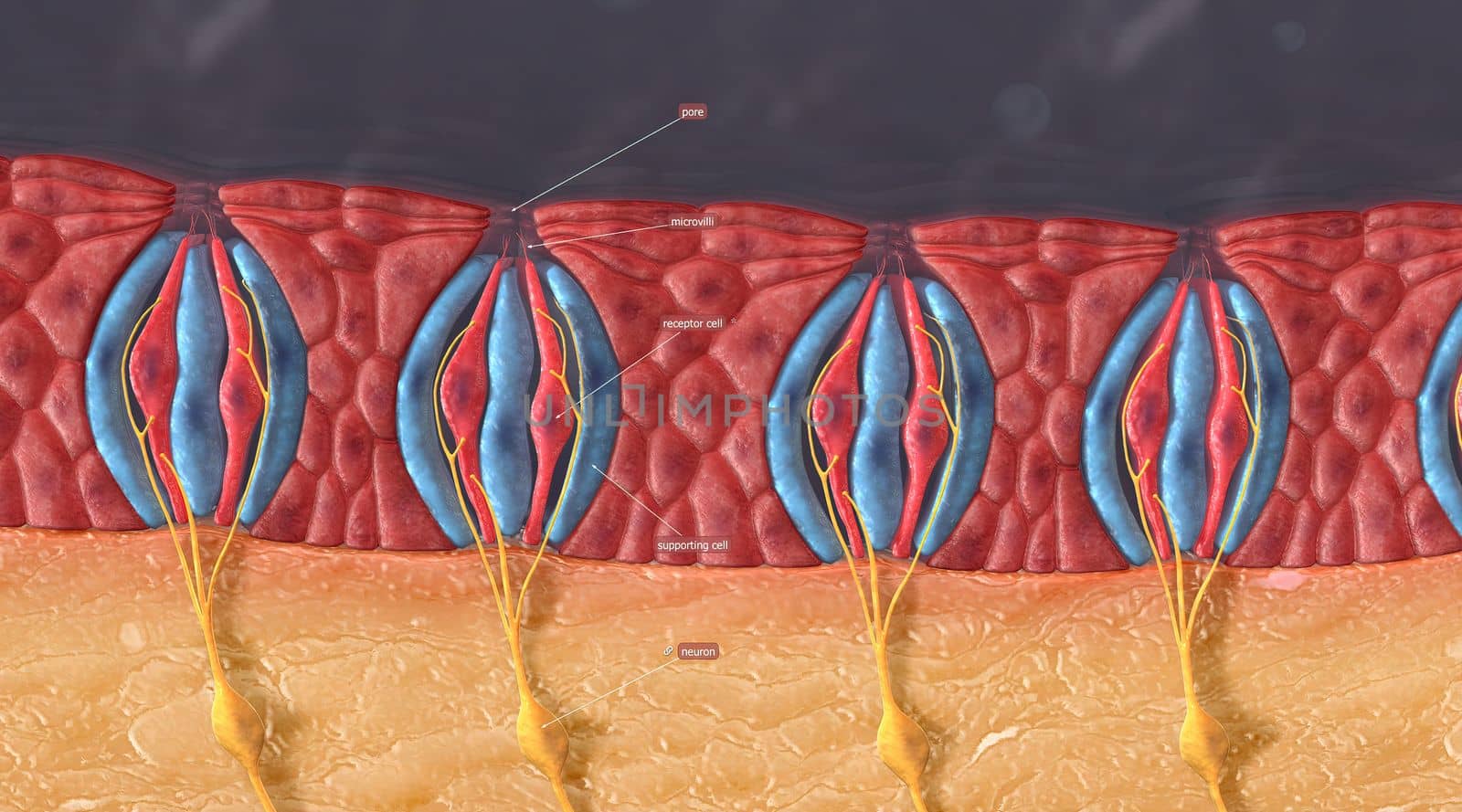
Taste buds contain the taste receptor cells, which are also known as gustatory cells.
Stock PhotoUsername
creativepicResolution
5404x3002pxTaste buds contain the taste receptor cells, which are also known as gustatory cells.

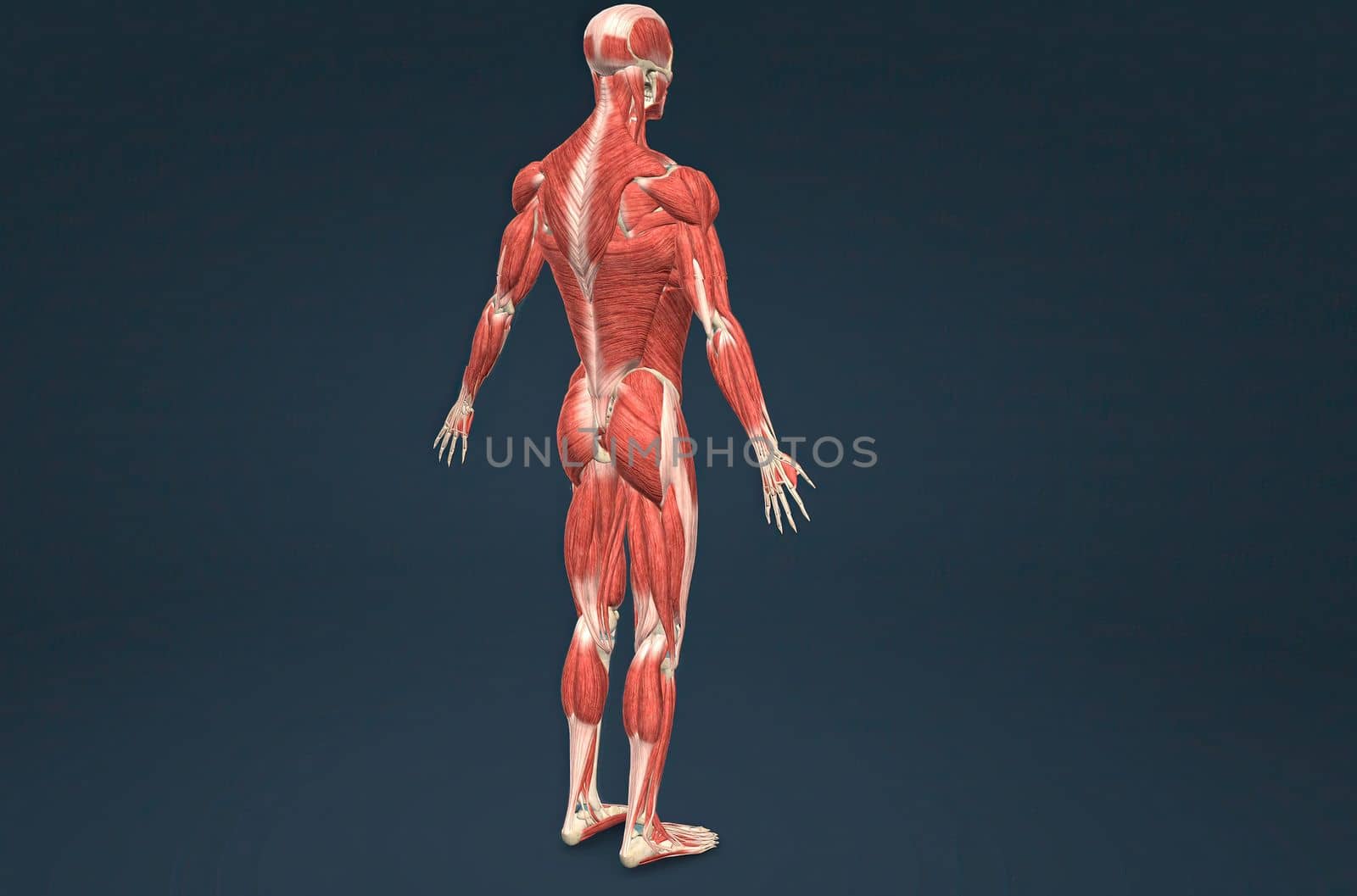
Male human muscular system anatomy
Stock PhotoUsername
creativepicResolution
4716x3116pxMale human muscular system anatomy

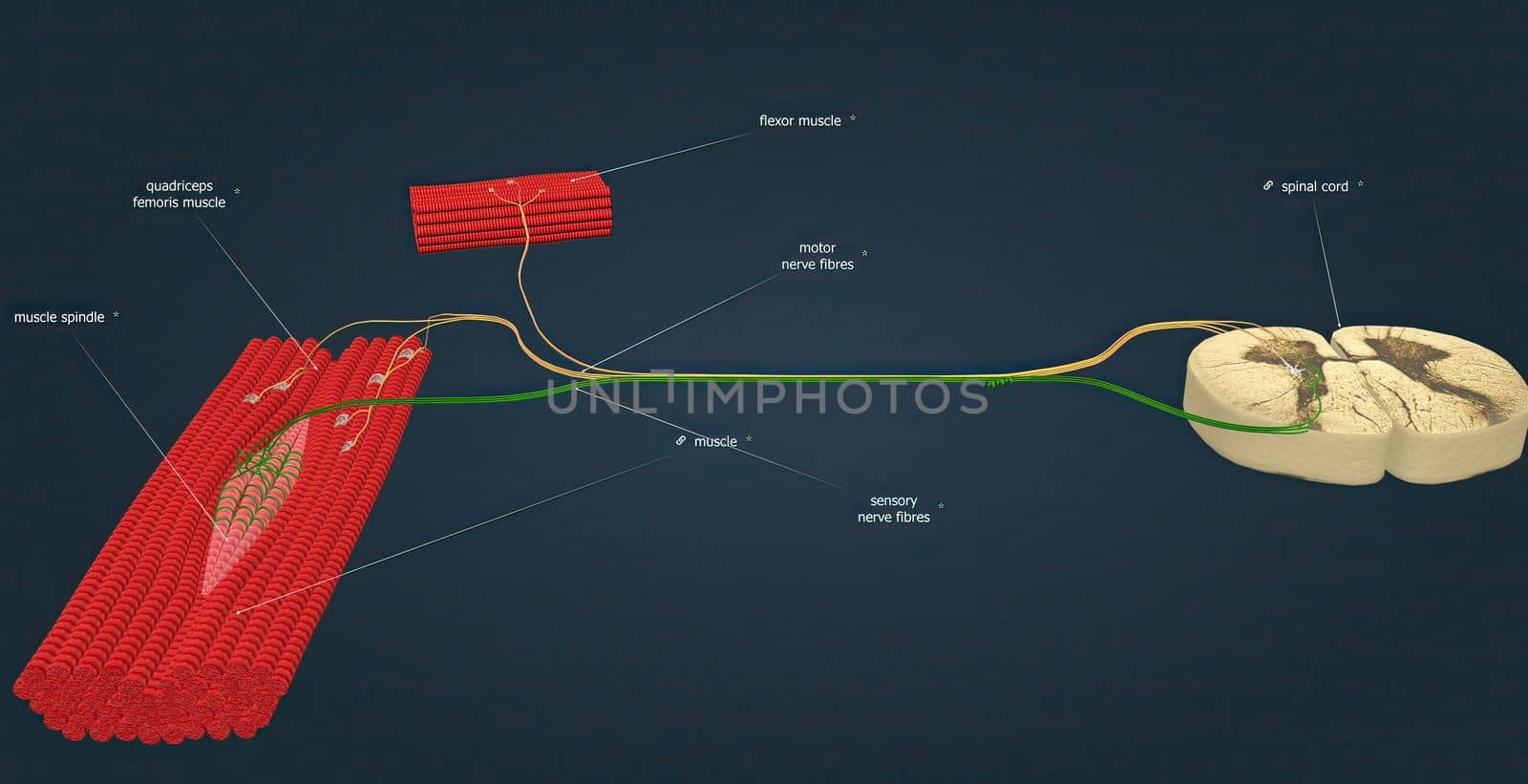
Sensory nerve fibers innervate muscles and tendons,
Stock PhotoUsername
creativepicResolution
5522x2832pxSensory nerve fibers innervate muscles and tendons,

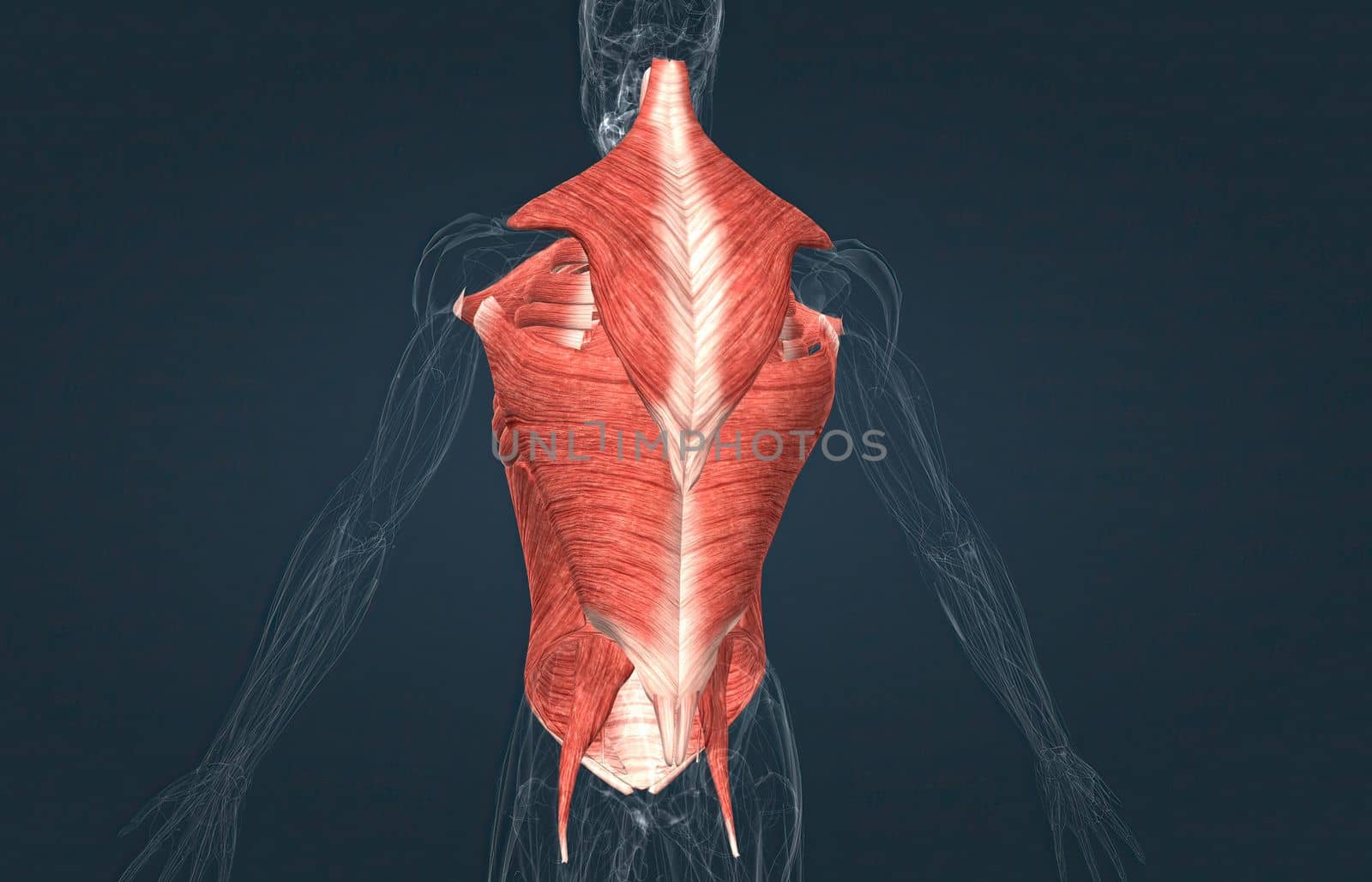
Male Trunk muscles are the muscles that cover the trunk
Stock PhotoUsername
creativepicResolution
4850x3116pxMale Trunk muscles are the muscles that cover the trunk


Cell Structure and Functions, Cell Organelles
Stock PhotoUsername
creativepicResolution
5178x3028pxCell Structure and Functions, Cell Organelles
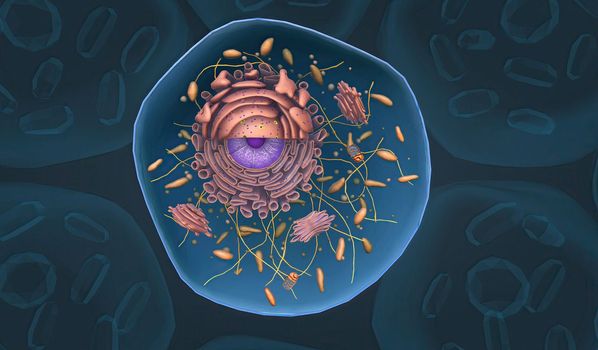
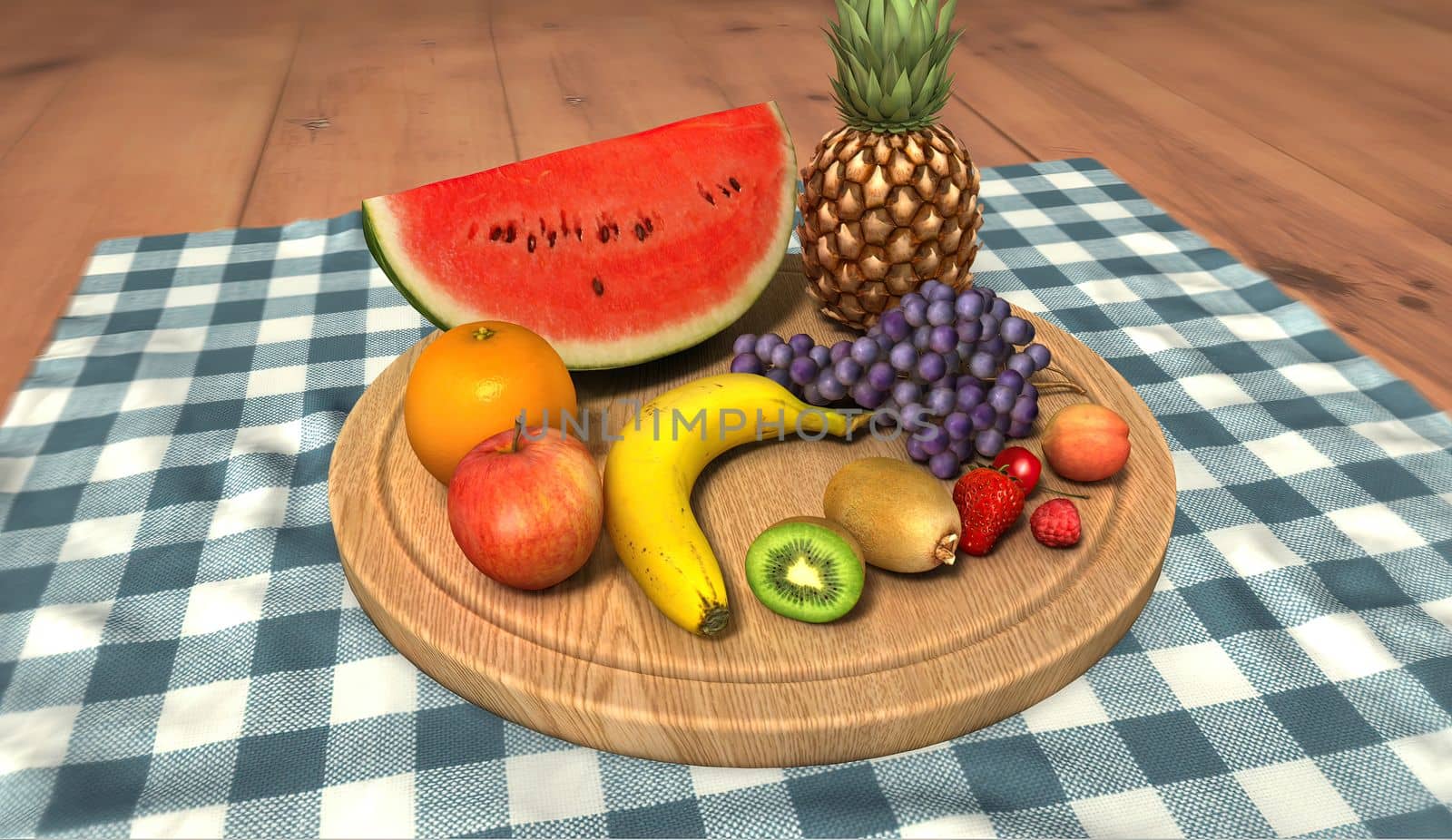
Healthy food on the plate
Stock PhotoUsername
creativepicResolution
5310x3072pxHealthy food on the plate

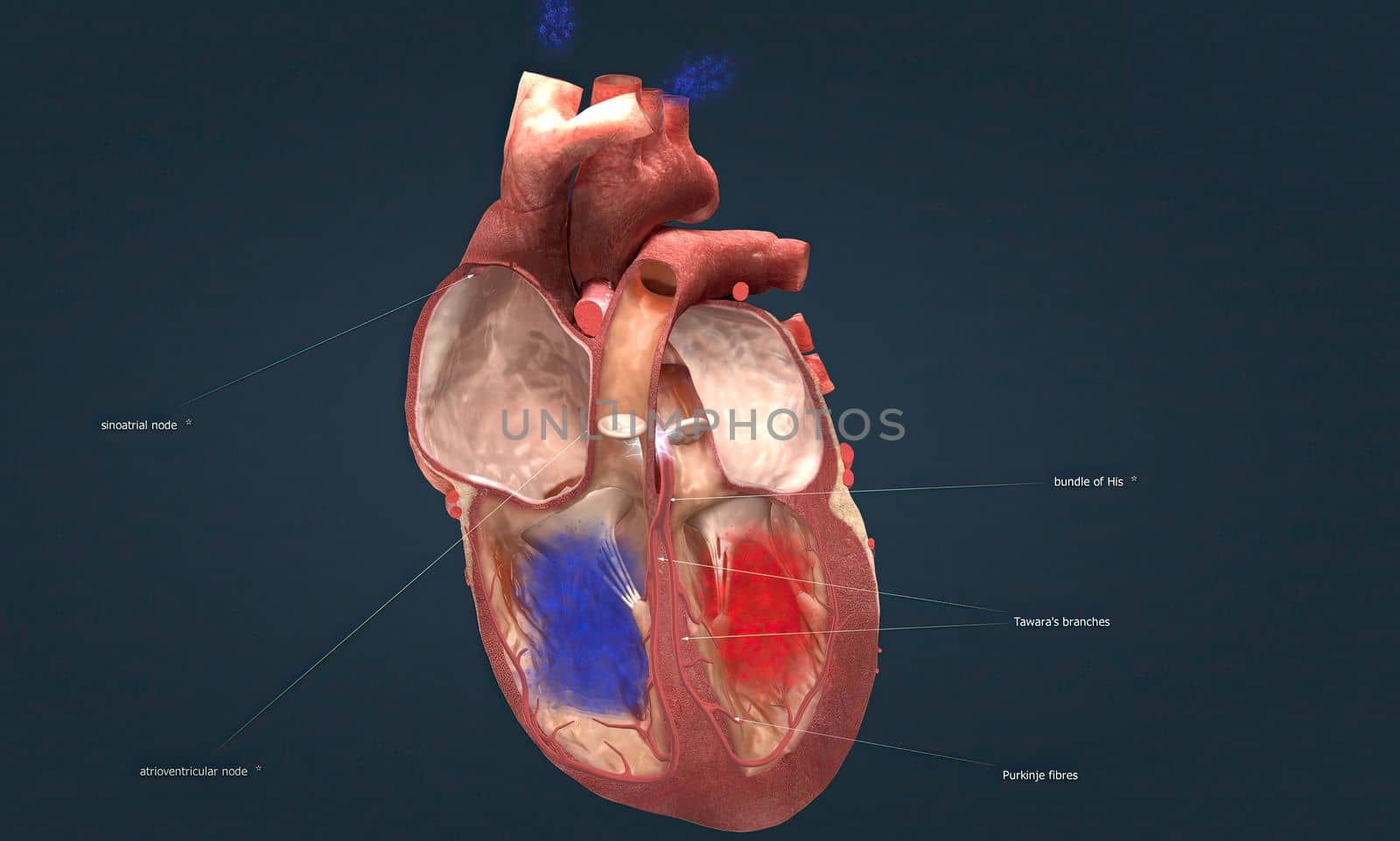
Cardiac Conduction The heart conduction system is the network of nodes, cells and signals that controls your heartbeat.
Stock PhotoUsername
creativepicResolution
5056x3036pxCardiac Conduction The heart conduction system is the network of nodes, cells and signals that controls your heartbeat.

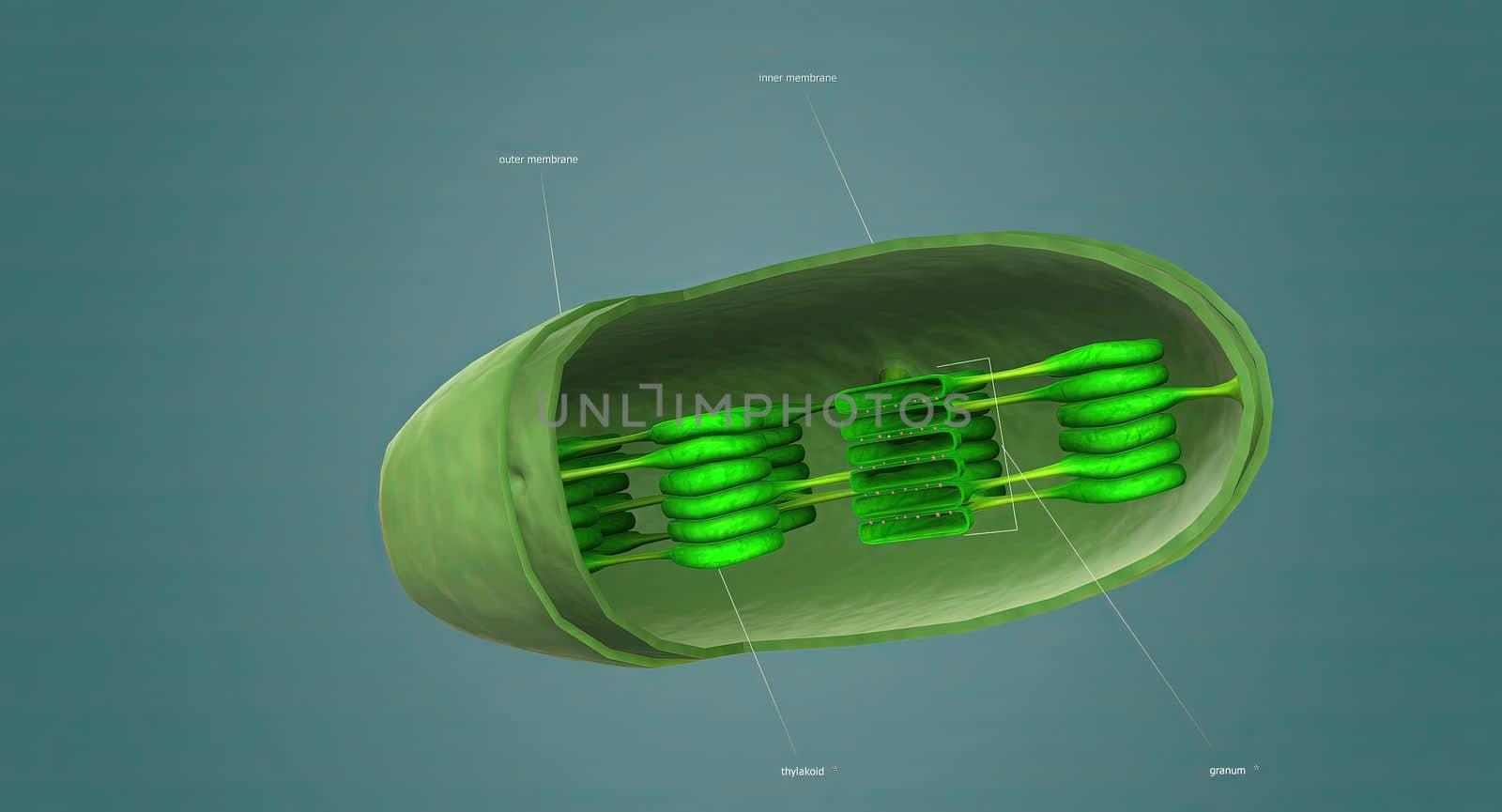
Mitochondria an organelle found in the cells of most Eukaryotes, such as animals, plants and fungi.
Stock PhotoUsername
creativepicResolution
5678x3068pxMitochondria an organelle found in the cells of most Eukaryotes, such as animals, plants and fungi.

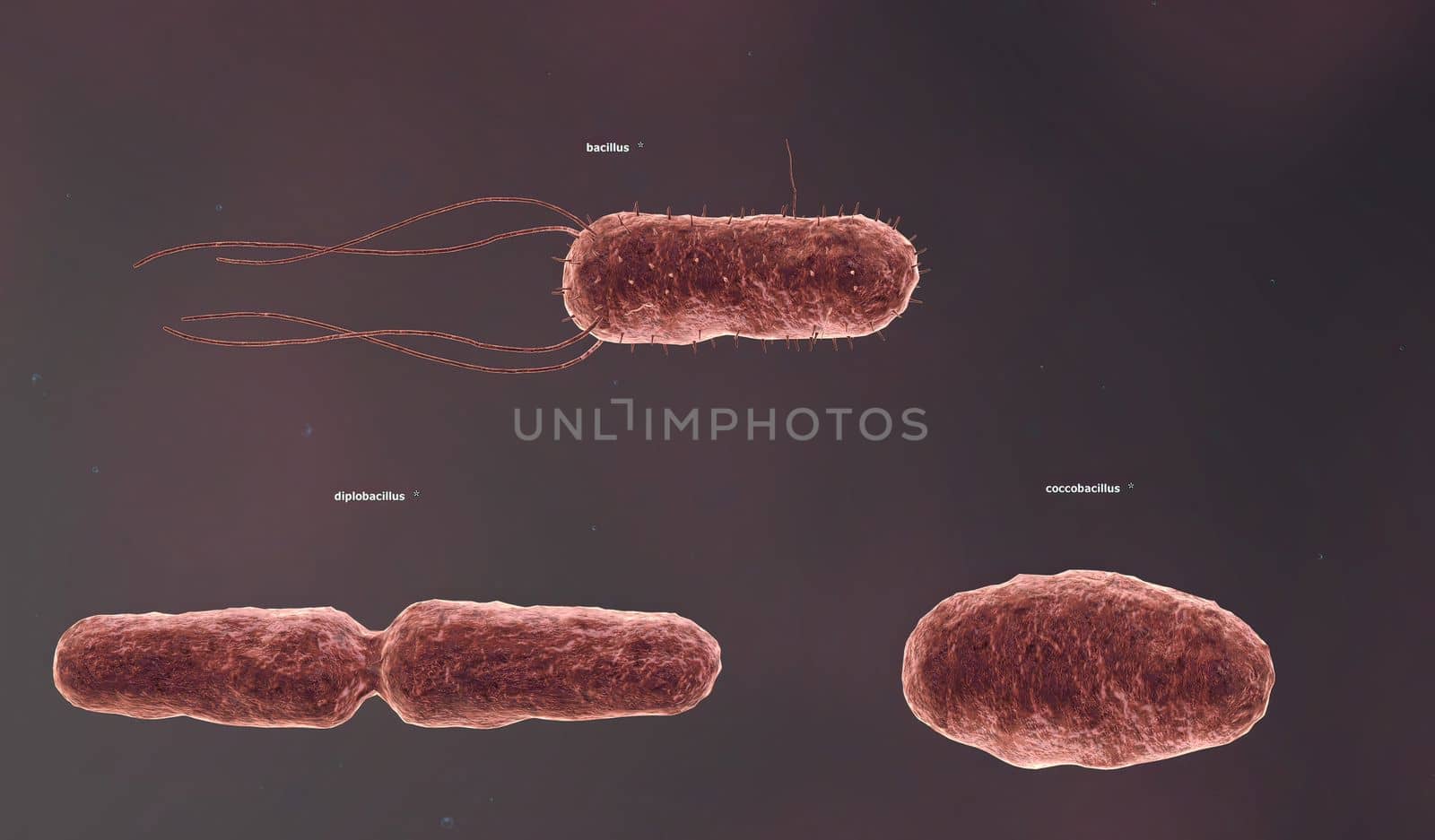
The solid cell wall determines the shape of a bacterium.
Stock PhotoUsername
creativepicResolution
5192x3042pxThe solid cell wall determines the shape of a bacterium.

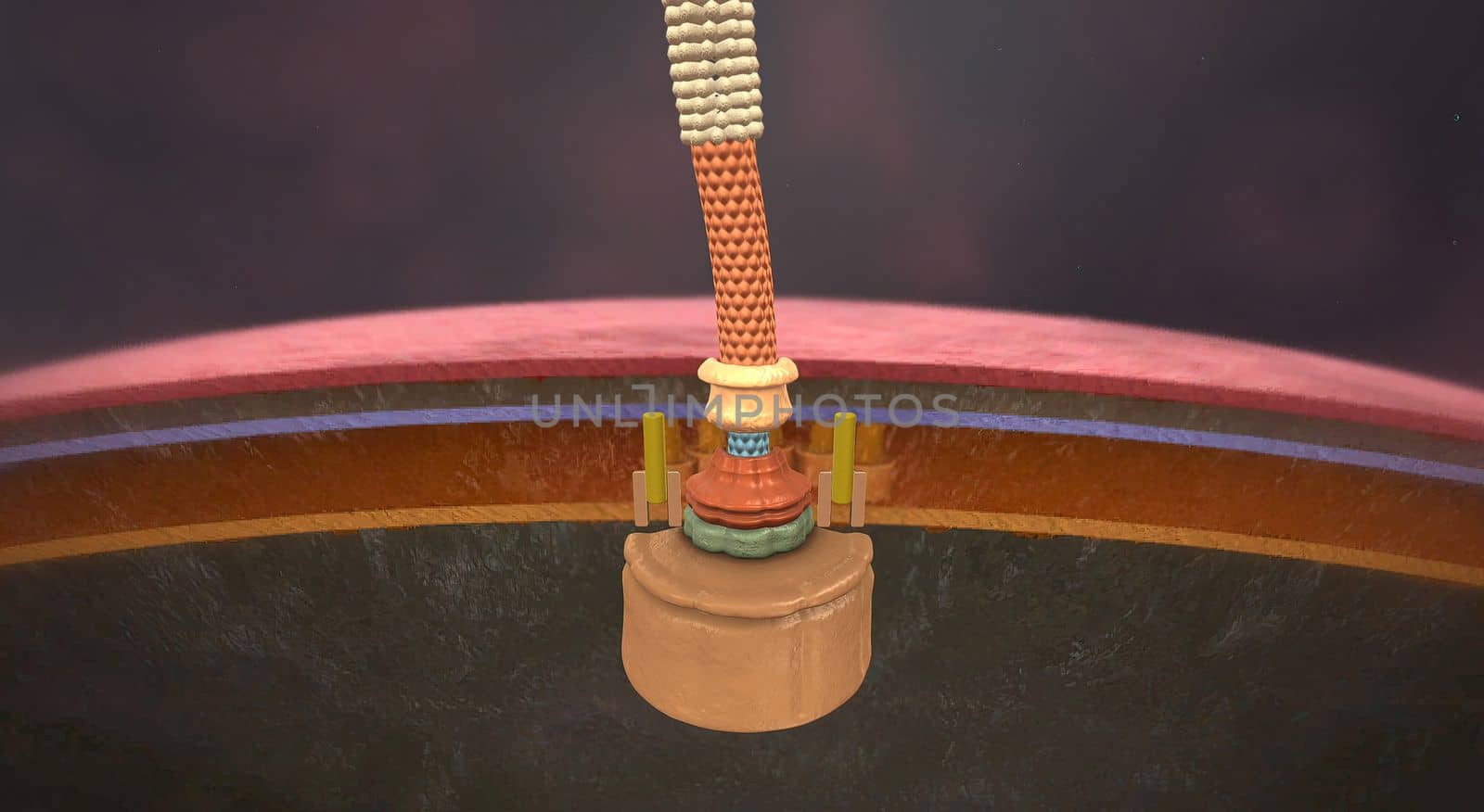
Flagella are flexible, rotating surface appendages that propel bacteria through liquid environments.
Stock PhotoUsername
creativepicResolution
5602x3066pxFlagella are flexible, rotating surface appendages that propel bacteria through liquid environments.

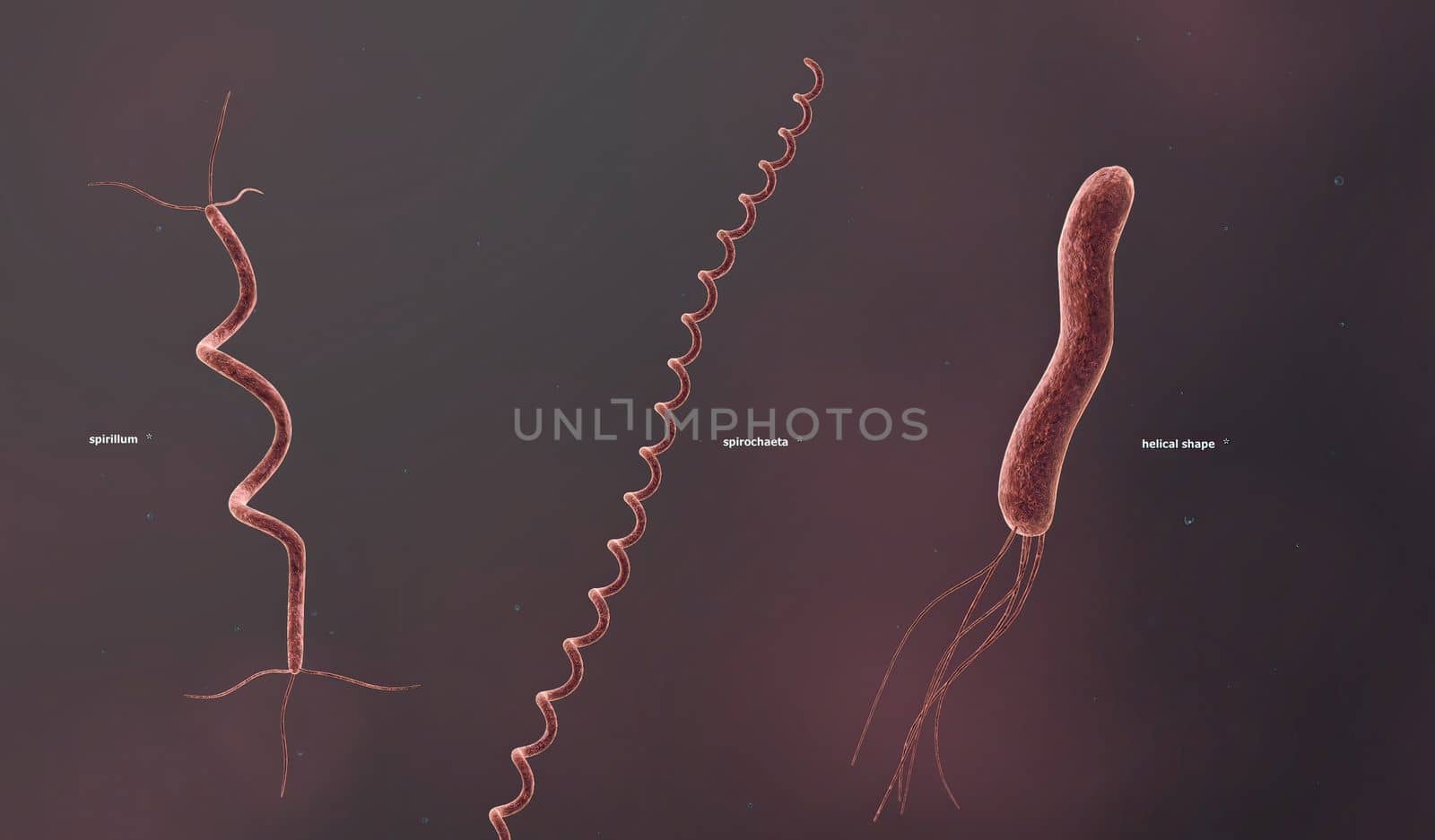
The solid cell wall determines the shape of a bacterium.
Stock PhotoUsername
creativepicResolution
5192x3042pxThe solid cell wall determines the shape of a bacterium.

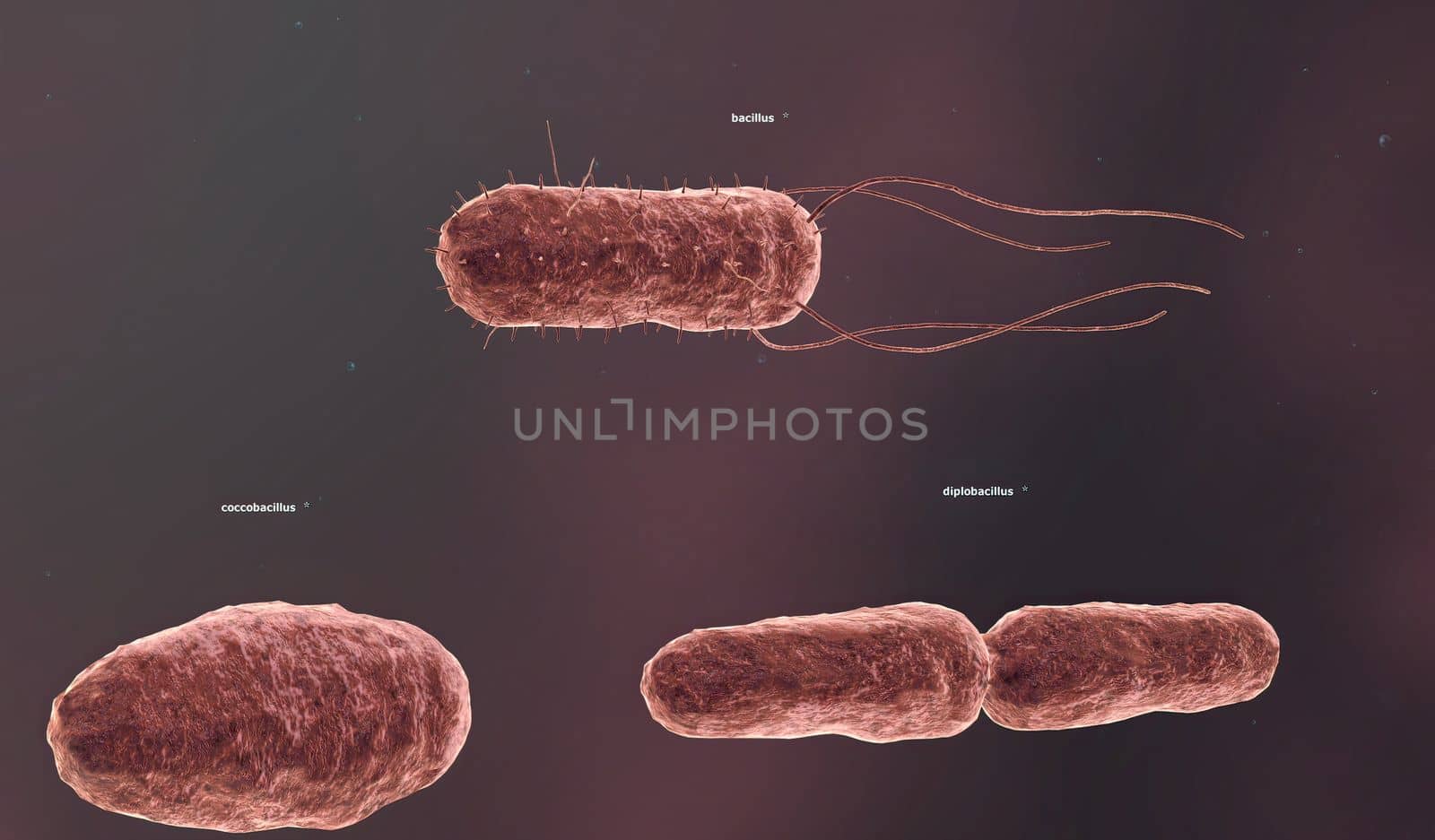
The solid cell wall determines the shape of a bacterium.
Stock PhotoUsername
creativepicResolution
5192x3042pxThe solid cell wall determines the shape of a bacterium.

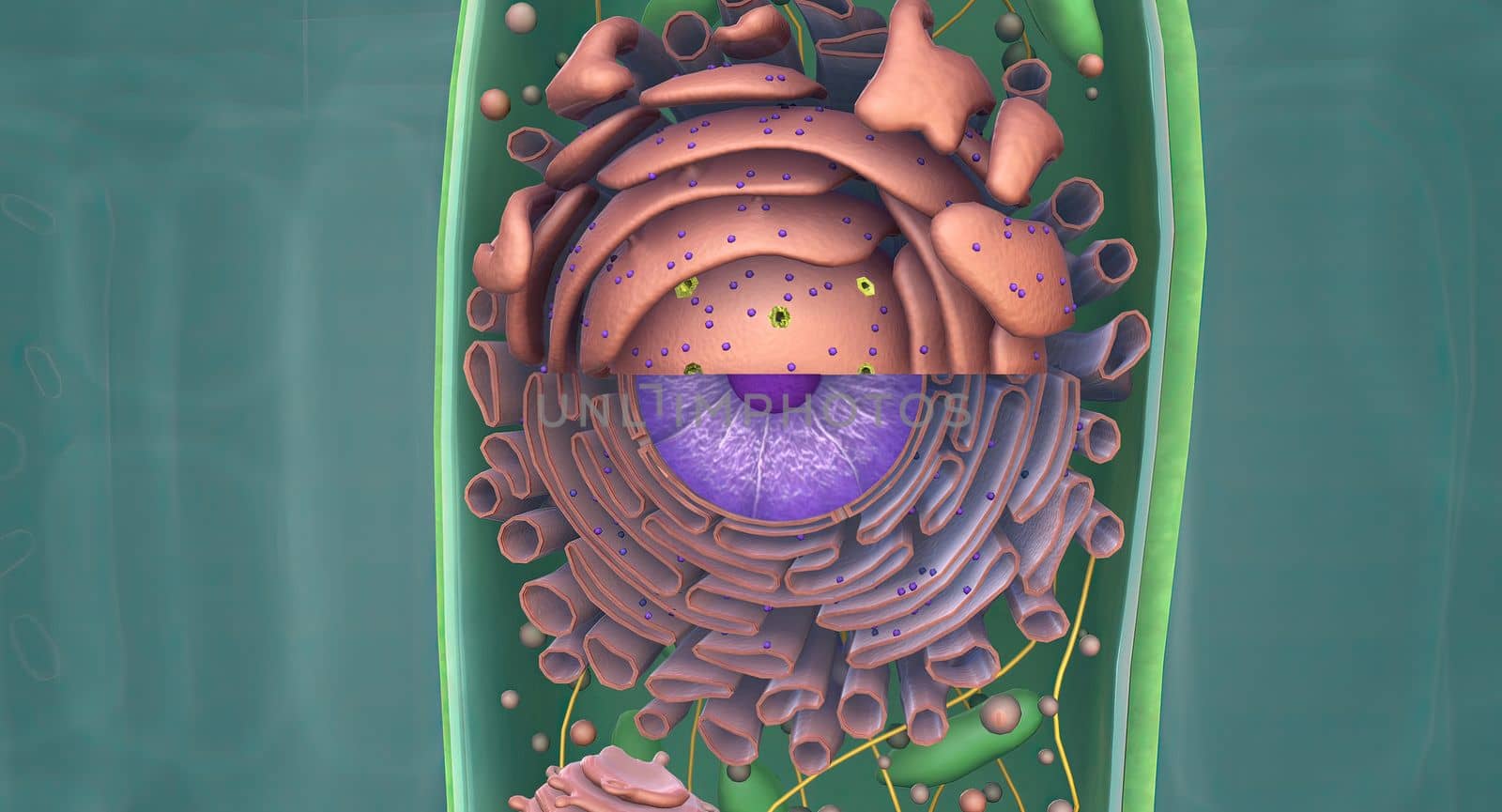
The Golgi complex is an organelle found in most eukaryotic cells.
Stock PhotoUsername
creativepicResolution
5678x3068pxThe Golgi complex is an organelle found in most eukaryotic cells.


The solid cell wall determines the shape of a bacterium.
Stock PhotoUsername
creativepicResolution
5192x3042pxThe solid cell wall determines the shape of a bacterium.
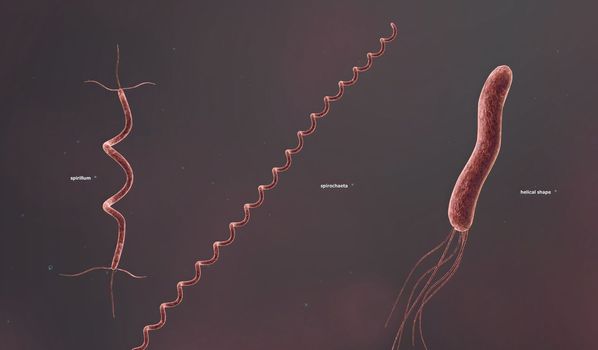
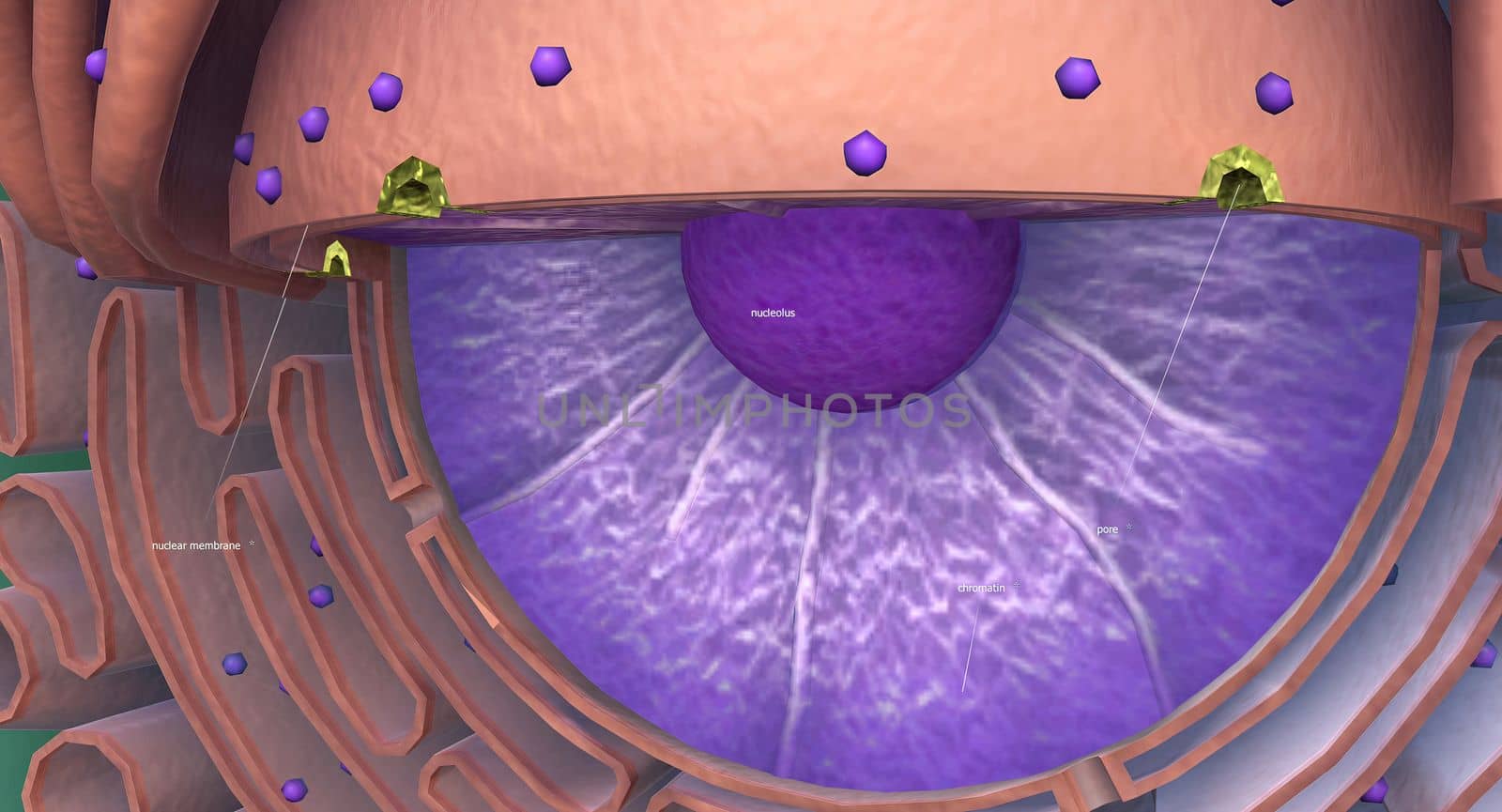
The Golgi complex is an organelle found in most eukaryotic cells.
Stock PhotoUsername
creativepicResolution
5678x3068pxThe Golgi complex is an organelle found in most eukaryotic cells.

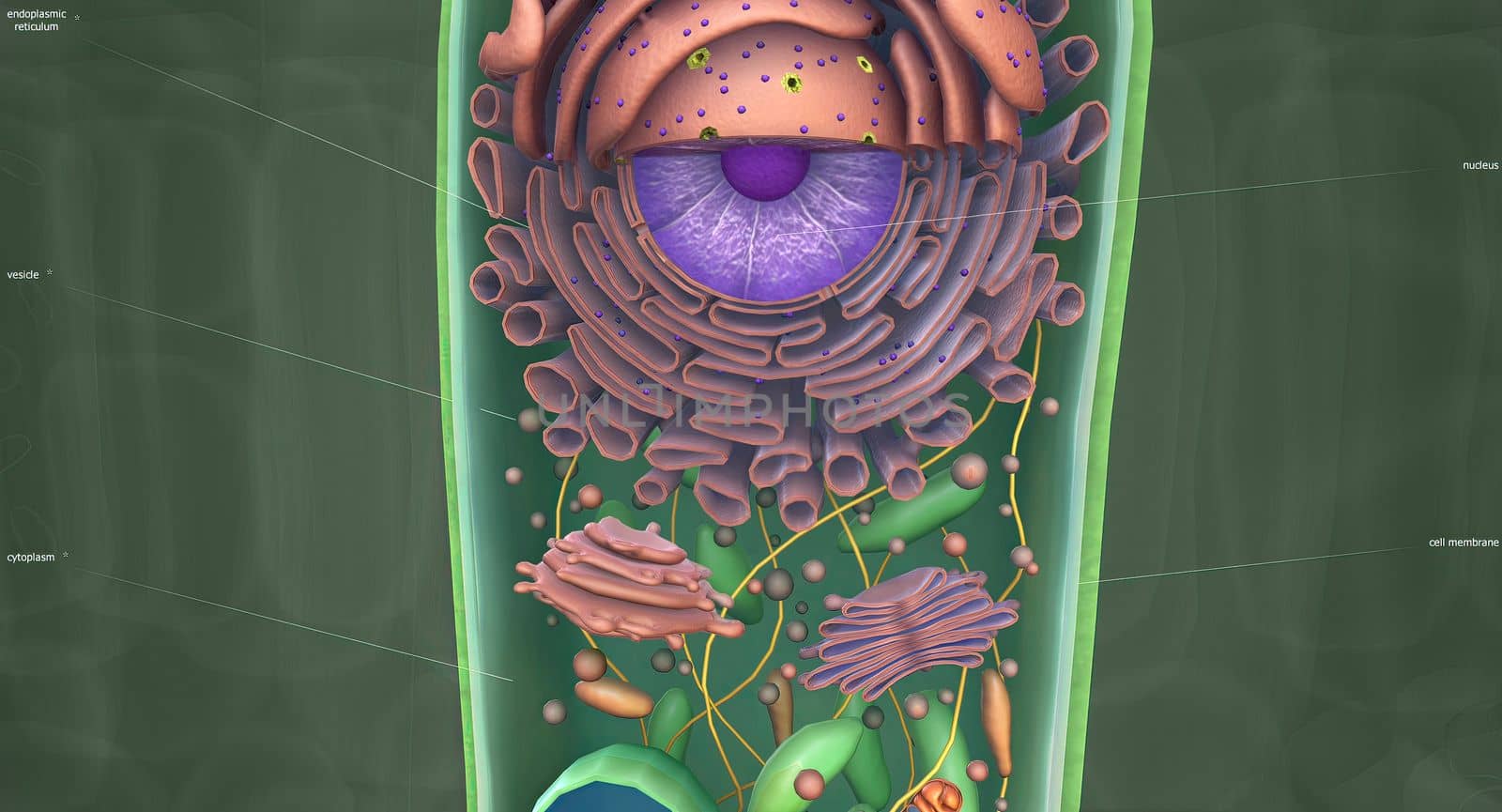
Influenza is a single-stranded RNA virus in the Orthomyxoviridae family.
Stock PhotoUsername
creativepicResolution
5678x3068pxInfluenza is a single-stranded RNA virus in the Orthomyxoviridae family.

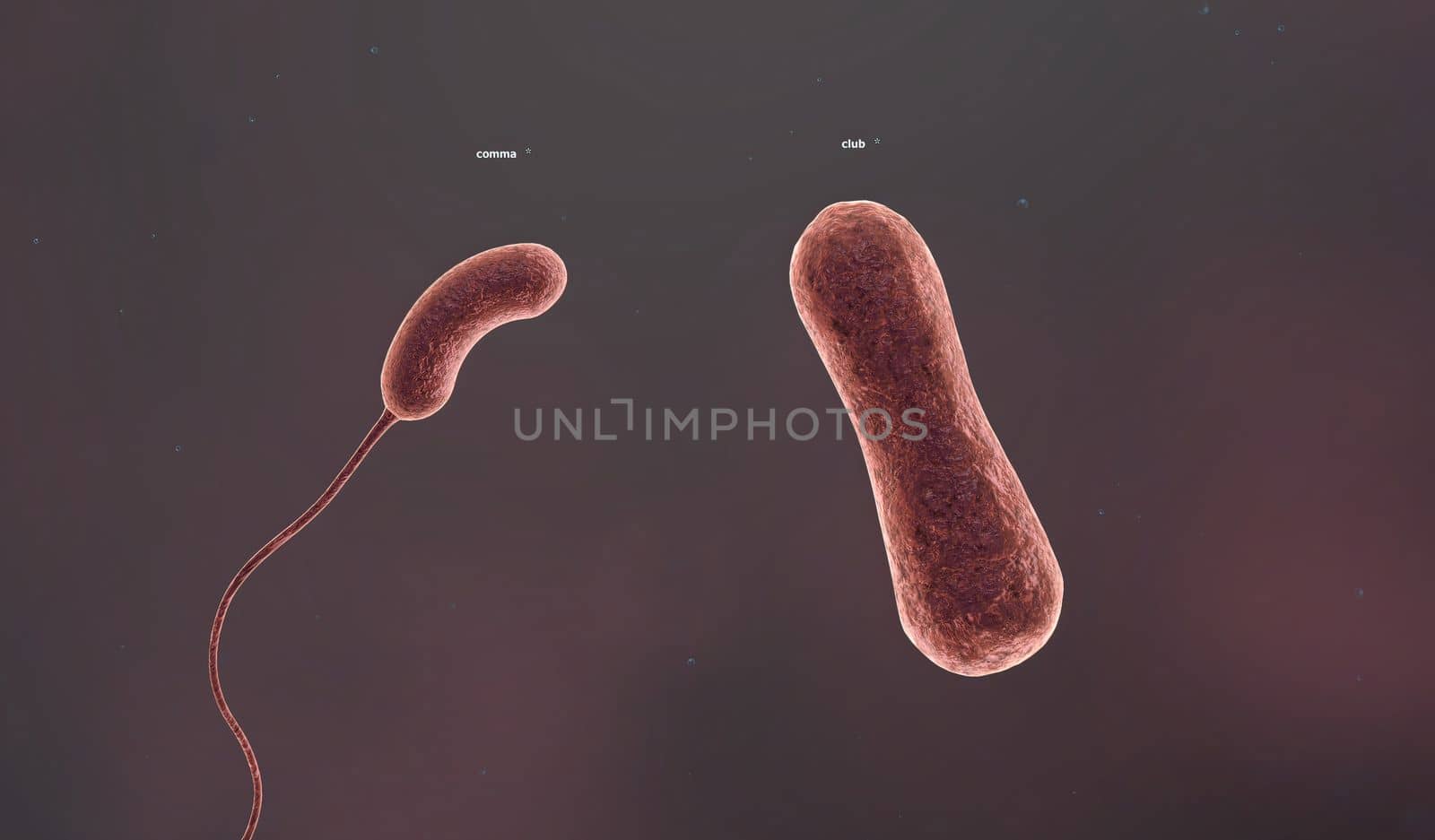
The solid cell wall determines the shape of a bacterium.
Stock PhotoUsername
creativepicResolution
5192x3042pxThe solid cell wall determines the shape of a bacterium.

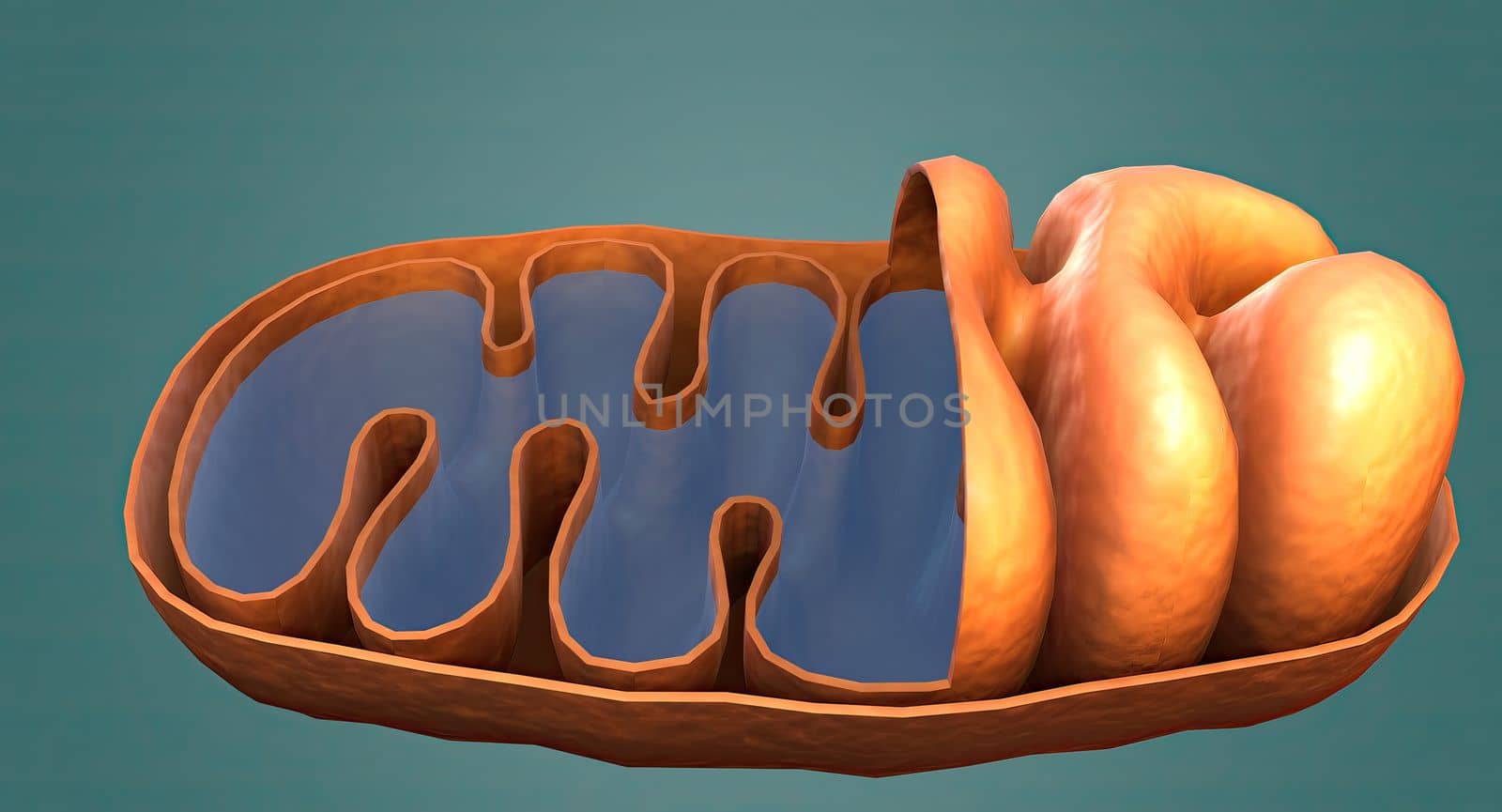
Mitochondria an organelle found in the cells of most Eukaryotes, such as animals, plants and fungi.
Stock PhotoUsername
creativepicResolution
5678x3068pxMitochondria an organelle found in the cells of most Eukaryotes, such as animals, plants and fungi.

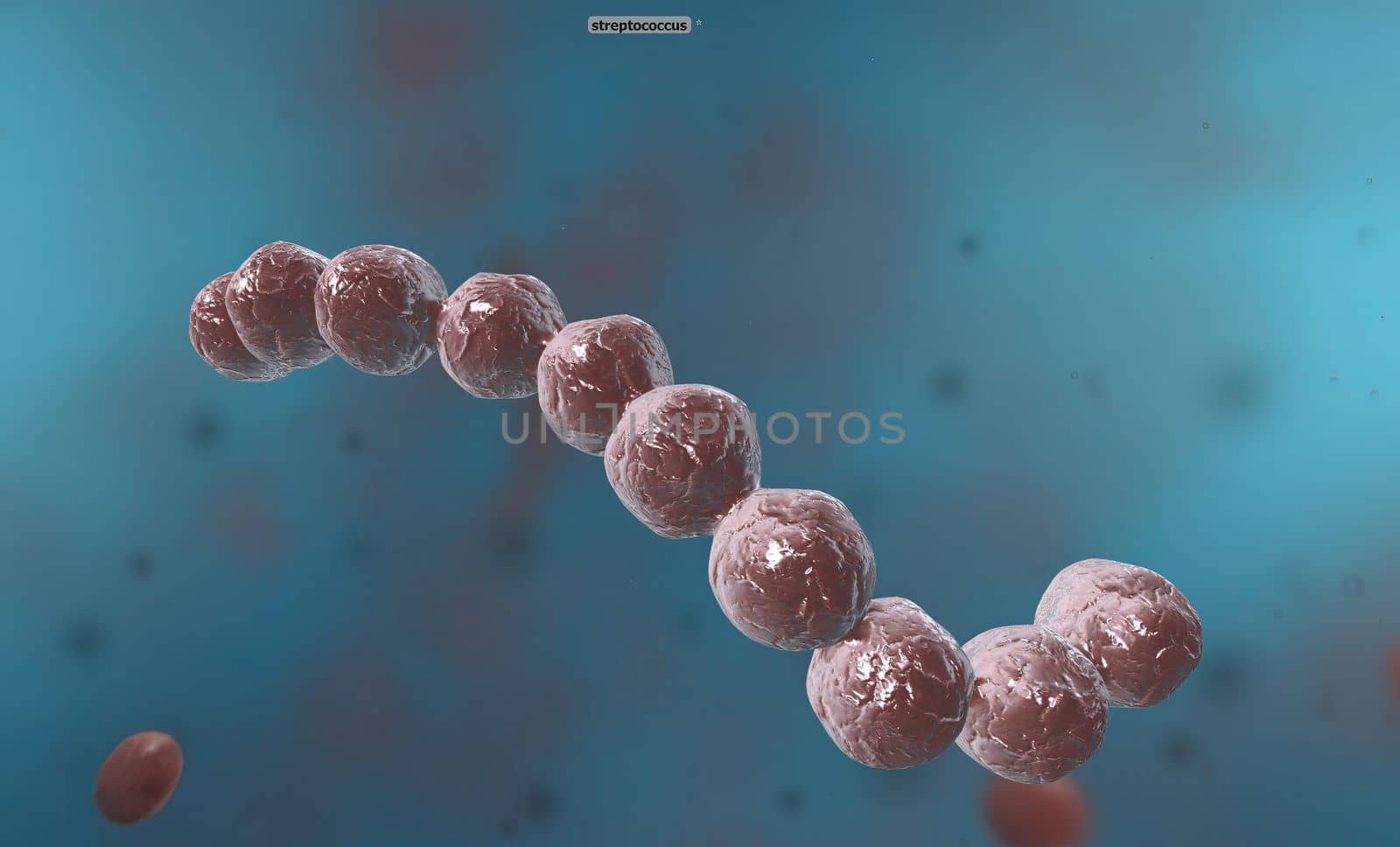
Spirillum is a bacterium from the Proteobacteria phylum with a spiral-shaped cell morphology.
Stock PhotoUsername
creativepicResolution
5072x3068pxSpirillum is a bacterium from the Proteobacteria phylum with a spiral-shaped cell morphology.

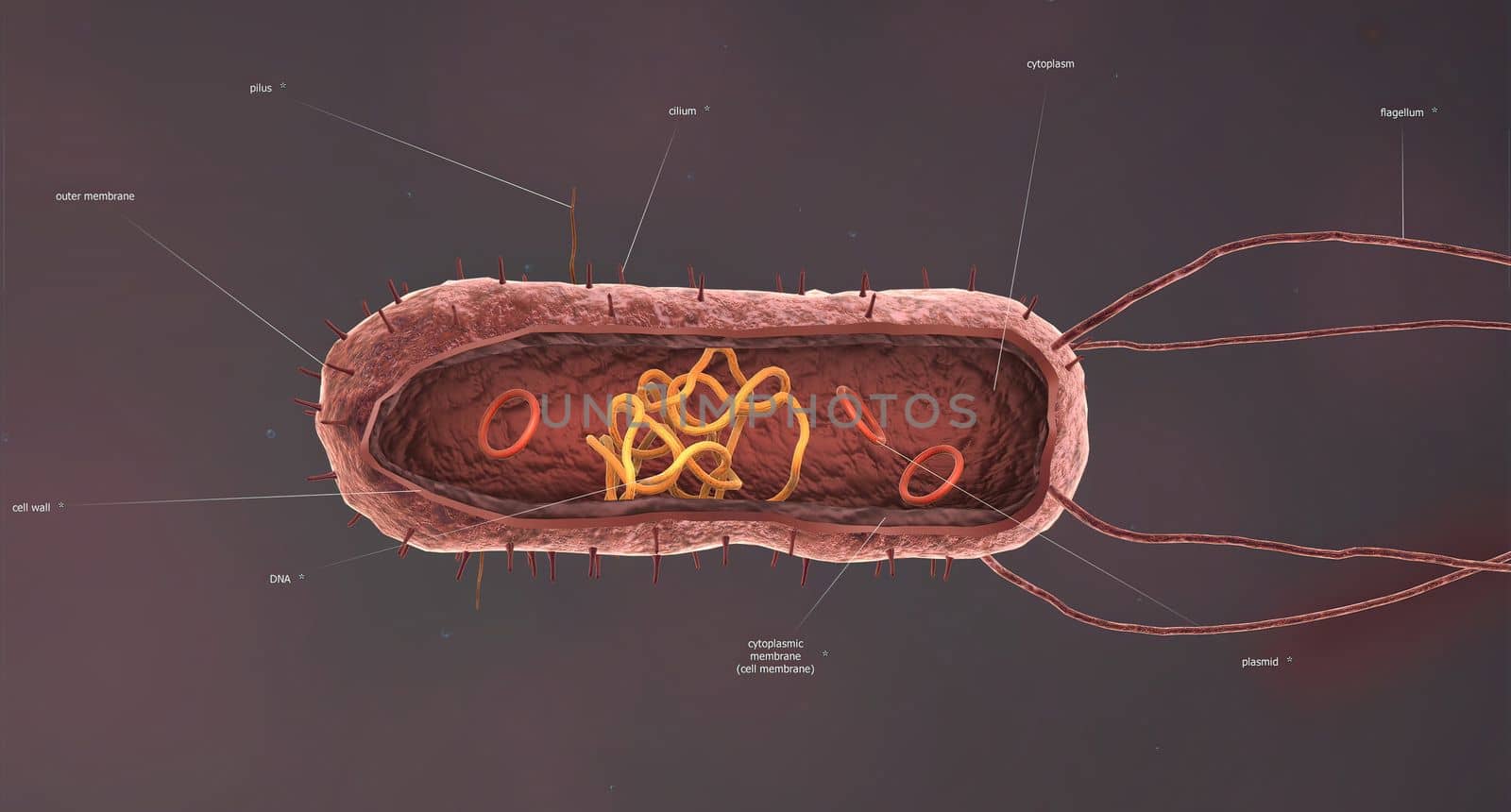
Bacteria are a simple form of life known as prokaryotes.
Stock PhotoUsername
creativepicResolution
5726x3076pxBacteria are a simple form of life known as prokaryotes.

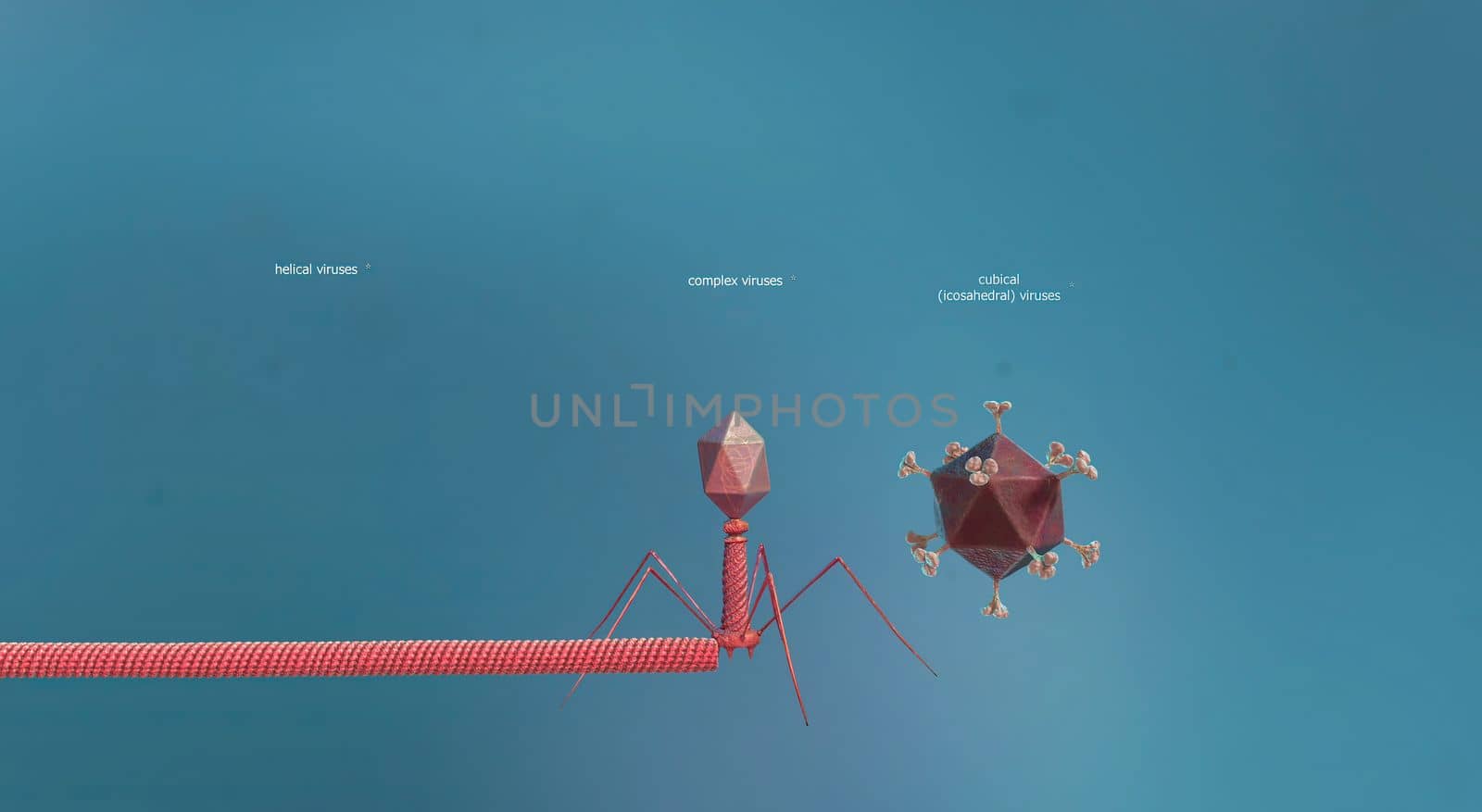
A virus is a submicroscopic infectious agent that replicates only inside the living cells of an organism
Stock PhotoUsername
creativepicResolution
5542x3038pxA virus is a submicroscopic infectious agent that replicates only inside the living cells of an organism

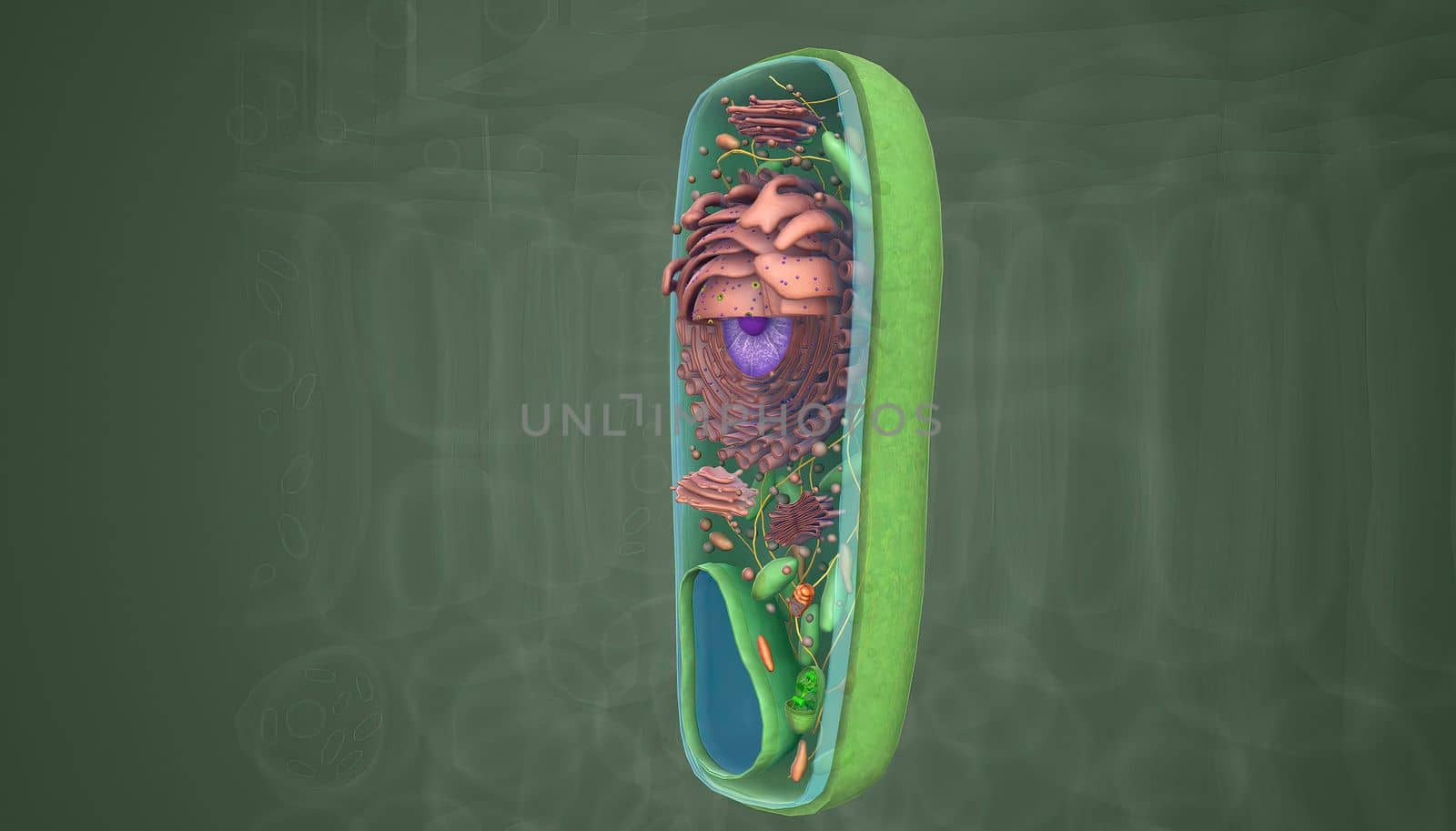
The cell is the basic unit of life. Plant cells are surrounded by a thick, rigid cell wall.
Stock PhotoUsername
creativepicResolution
5414x3088pxThe cell is the basic unit of life. Plant cells are surrounded by a thick, rigid cell wall.


The cell is the basic unit of life. Plant cells are surrounded by a thick, rigid cell wall.
Stock PhotoUsername
creativepicResolution
5414x3088pxThe cell is the basic unit of life. Plant cells are surrounded by a thick, rigid cell wall.
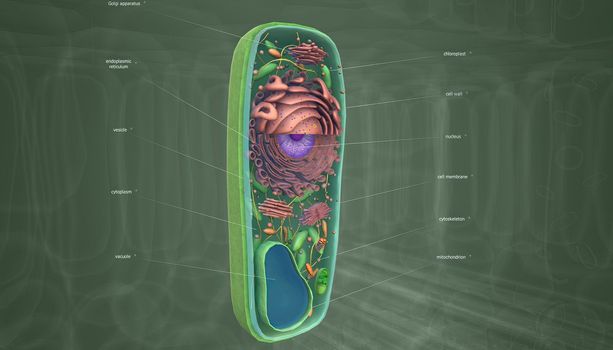
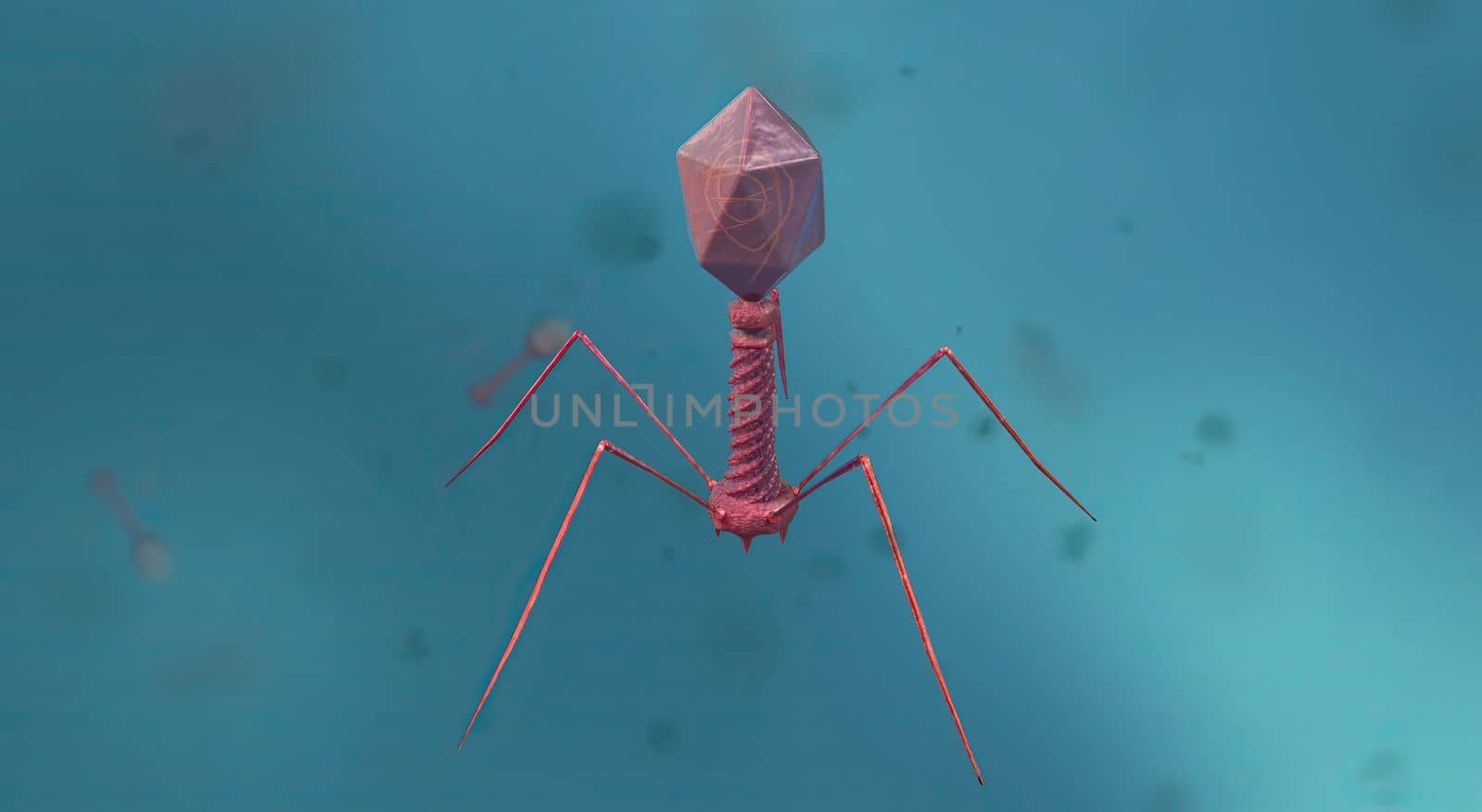
A virus is a submicroscopic infectious agent that replicates only inside the living cells of an organism
Stock PhotoUsername
creativepicResolution
5542x3038pxA virus is a submicroscopic infectious agent that replicates only inside the living cells of an organism

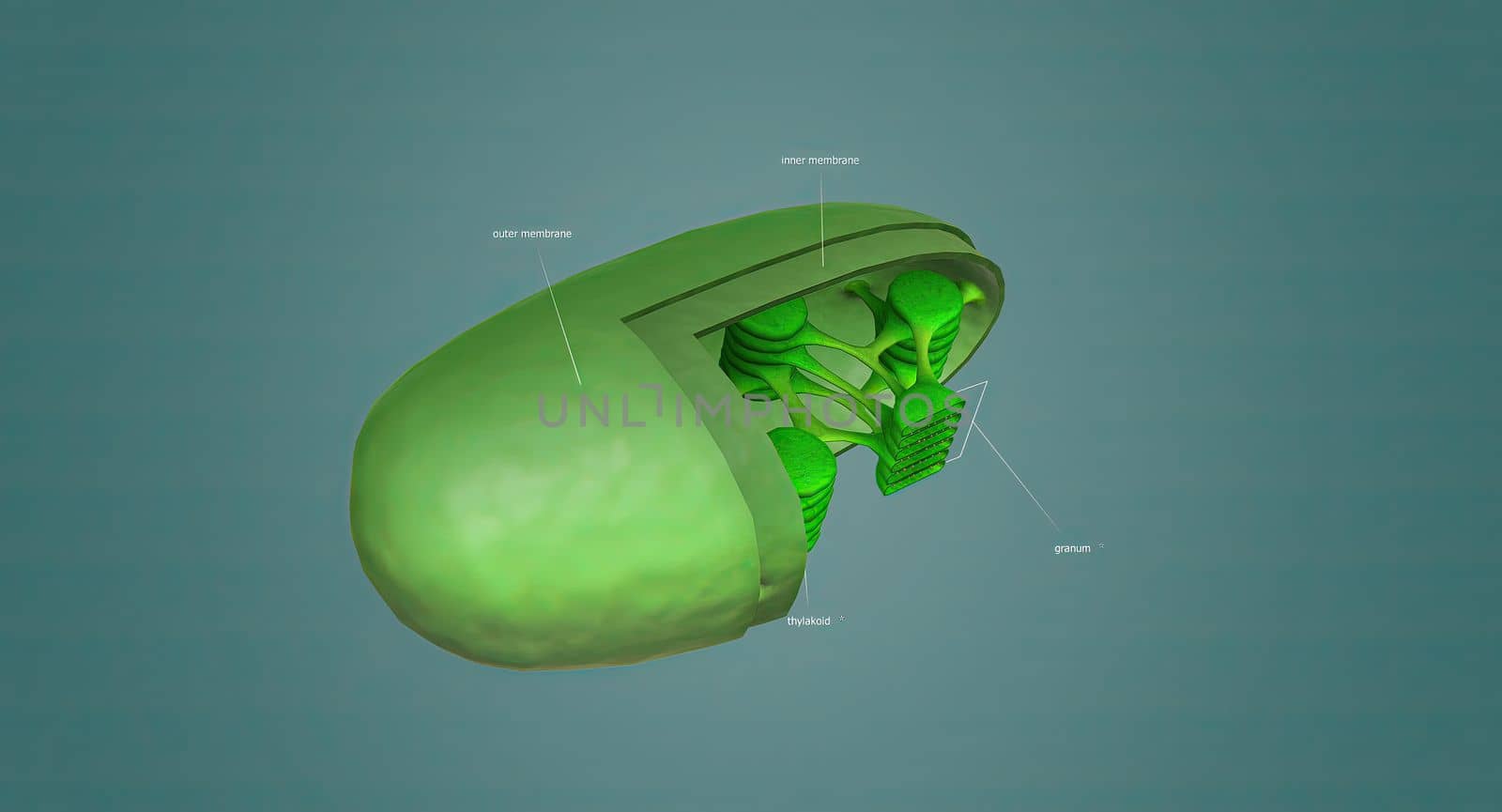
Mitochondria an organelle found in the cells of most Eukaryotes, such as animals, plants and fungi.
Stock PhotoUsername
creativepicResolution
5678x3068pxMitochondria an organelle found in the cells of most Eukaryotes, such as animals, plants and fungi.

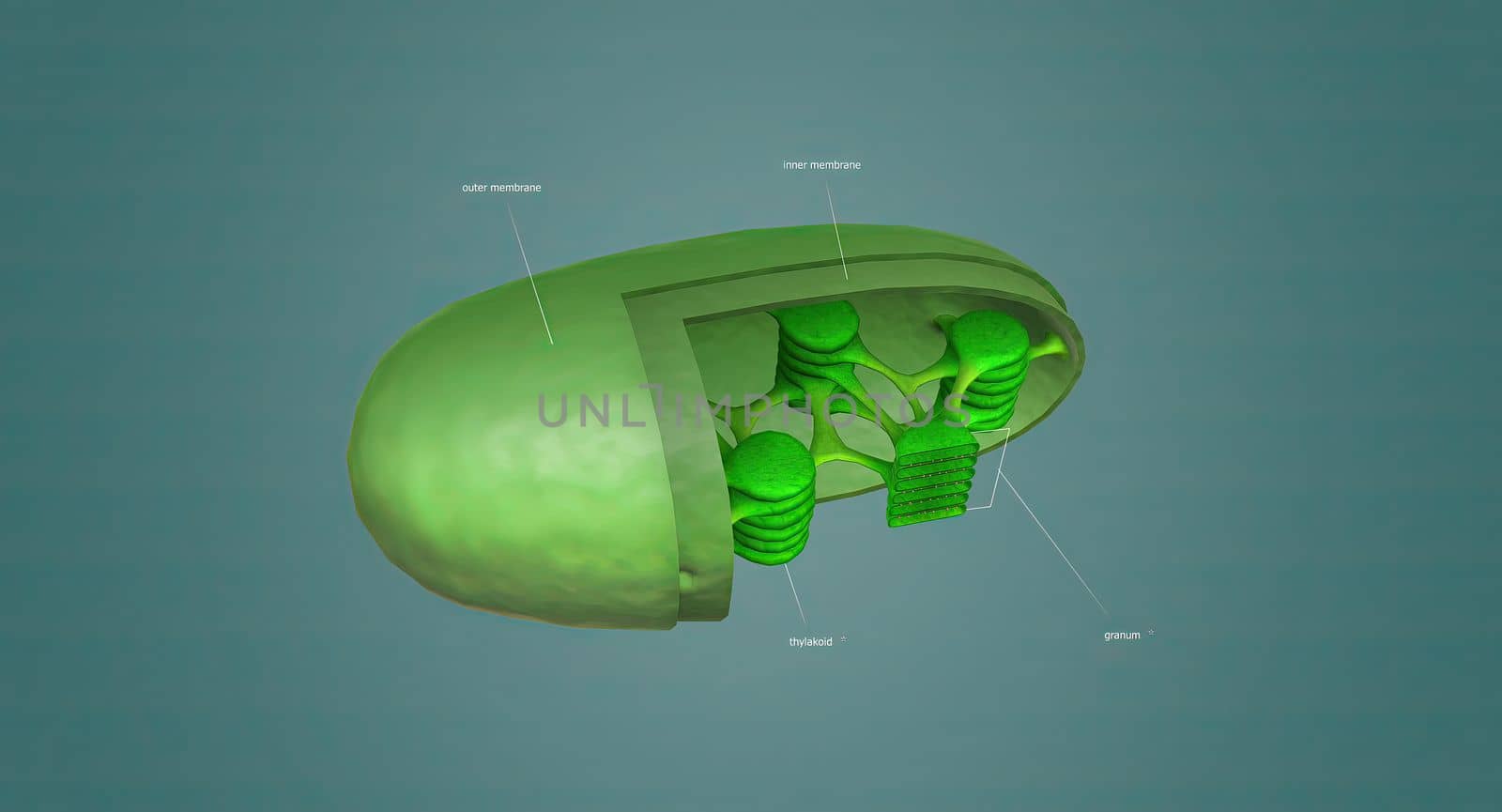
Mitochondria an organelle found in the cells of most Eukaryotes, such as animals, plants and fungi.
Stock PhotoUsername
creativepicResolution
5678x3068pxMitochondria an organelle found in the cells of most Eukaryotes, such as animals, plants and fungi.

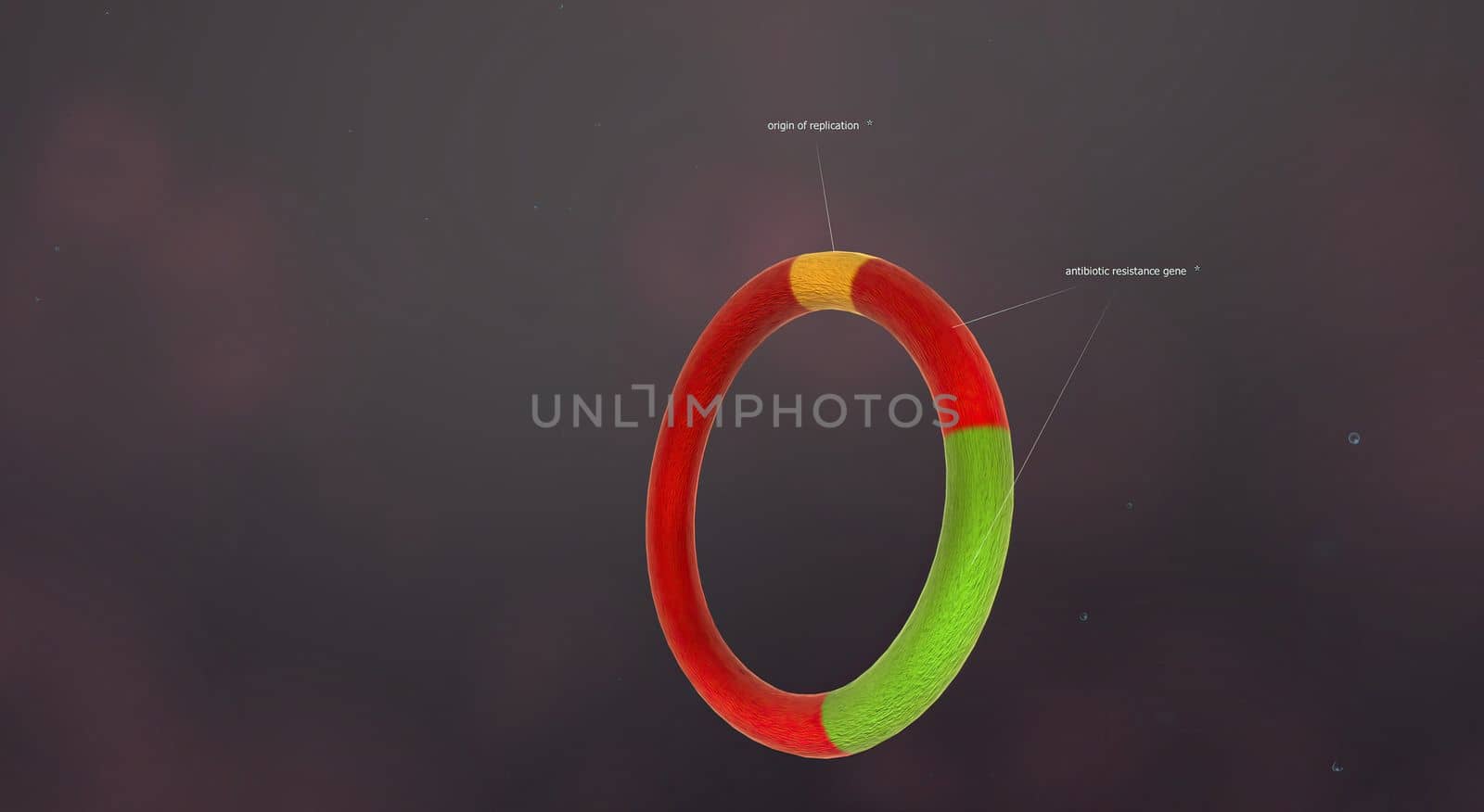
The plasmid contains a self-replicating DNA separate from the chromosomes.
Stock PhotoUsername
creativepicResolution
5602x3066pxThe plasmid contains a self-replicating DNA separate from the chromosomes.

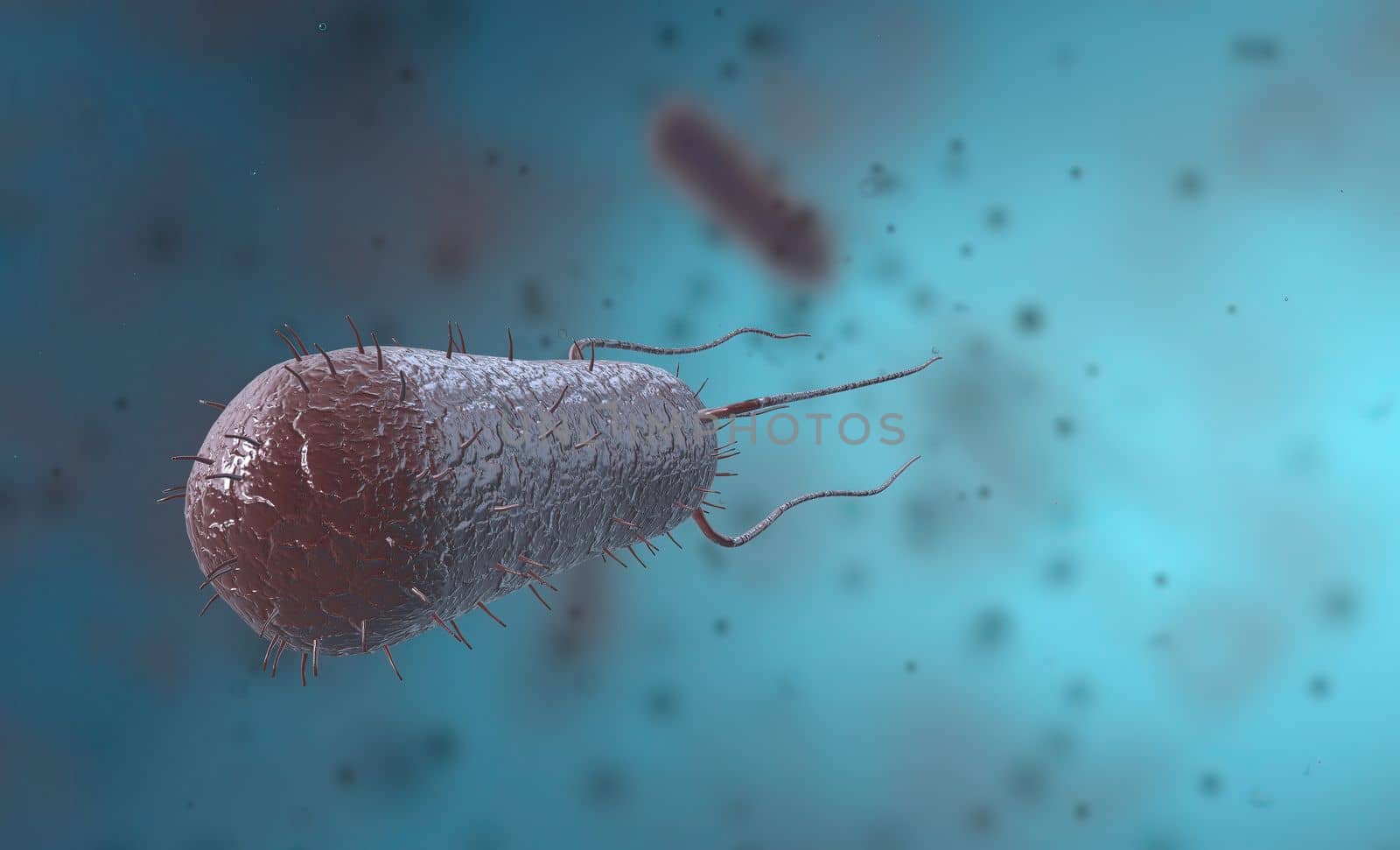
Bacillus is a gram-positive and spore-forming bacterium in the form of rods or rods.
Stock PhotoUsername
creativepicResolution
5056x3068pxBacillus is a gram-positive and spore-forming bacterium in the form of rods or rods.

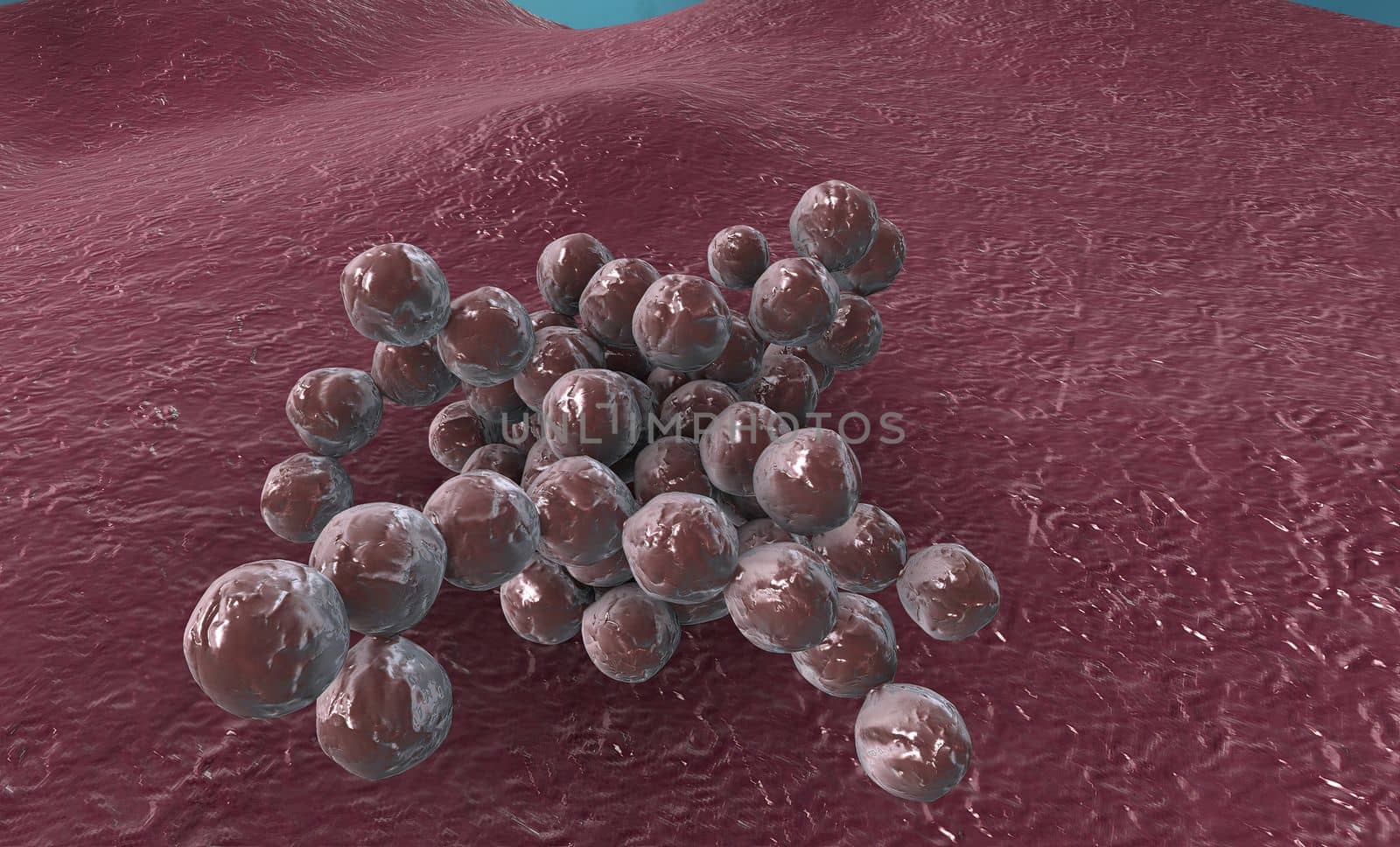
A cocci are any bacteria or archaeon that have a spherical, oval, or generally round shape.
Stock PhotoUsername
creativepicResolution
5072x3068pxA cocci are any bacteria or archaeon that have a spherical, oval, or generally round shape.

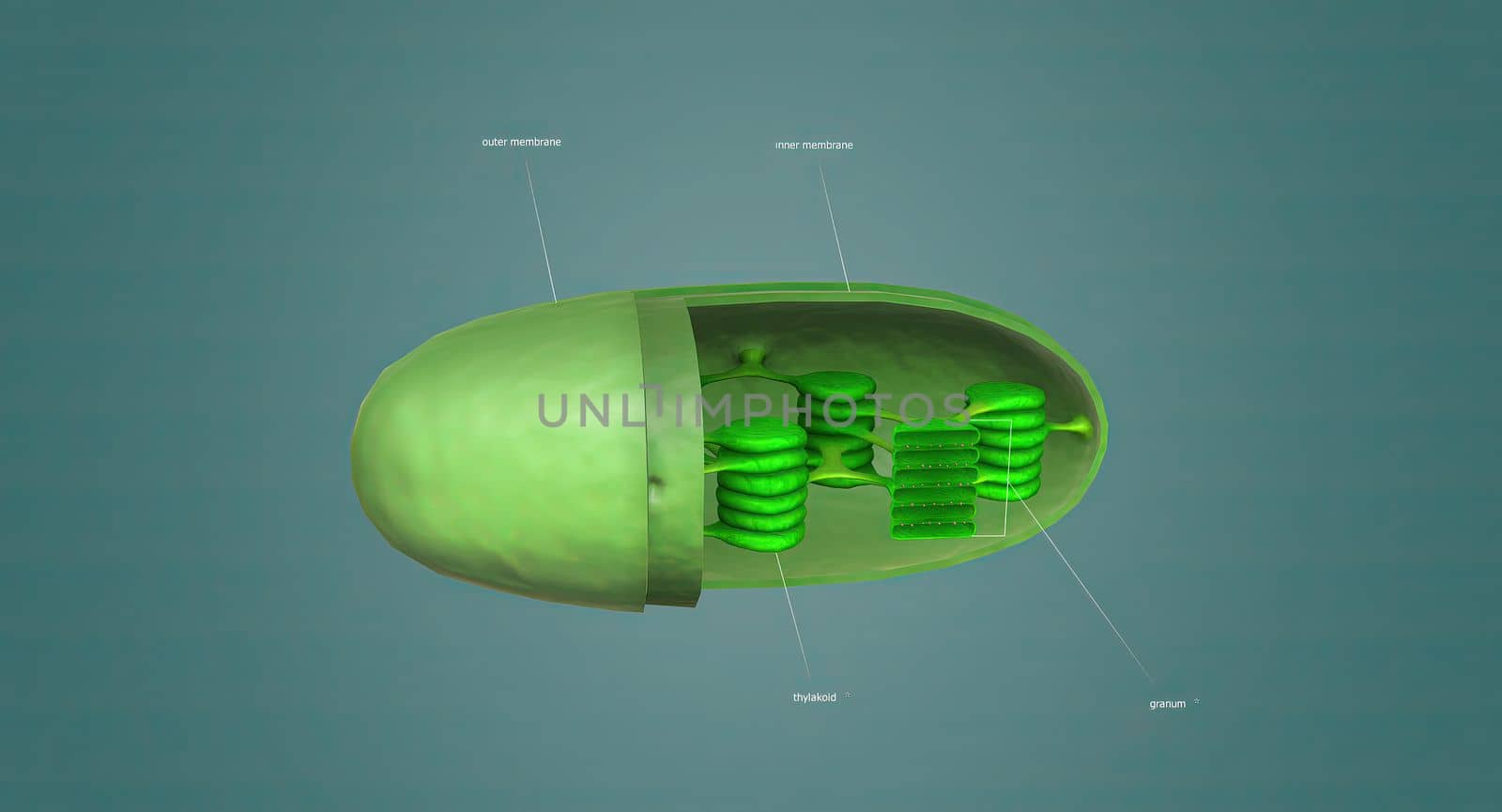
Mitochondria an organelle found in the cells of most Eukaryotes, such as animals, plants and fungi.
Stock PhotoUsername
creativepicResolution
5678x3068pxMitochondria an organelle found in the cells of most Eukaryotes, such as animals, plants and fungi.

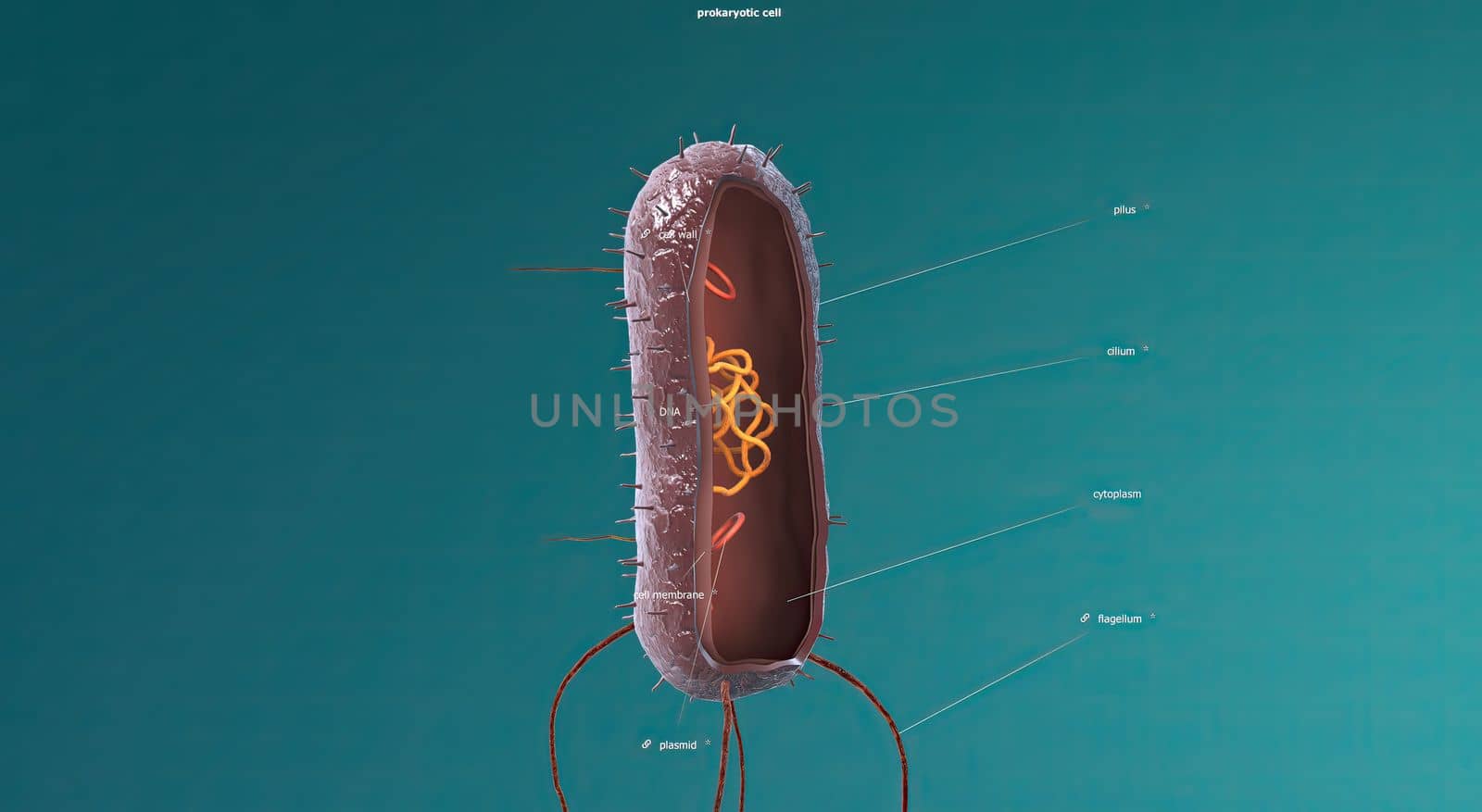
In cell biology, mitosis is a part of the cell cycle in which replicated chromosomes are separated into two new nuclei. 3D illustration
Stock PhotoUsername
creativepicResolution
5542x3038pxIn cell biology, mitosis is a part of the cell cycle in which replicated chromosomes are separated into two new nuclei. 3D illustration

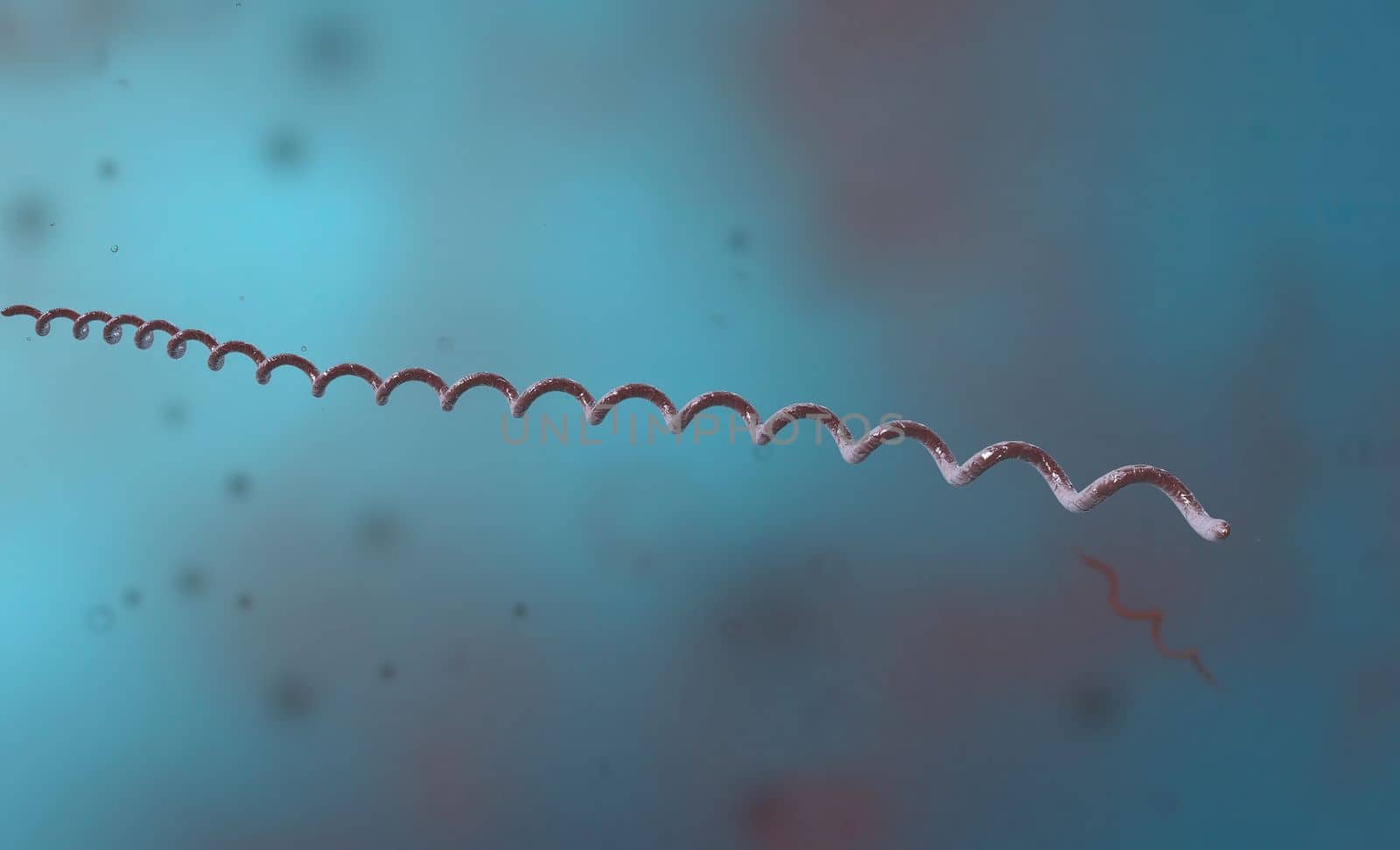
Spirillum is a bacterium from the Proteobacteria phylum with a spiral-shaped cell morphology.
Stock PhotoUsername
creativepicResolution
5056x3068pxSpirillum is a bacterium from the Proteobacteria phylum with a spiral-shaped cell morphology.

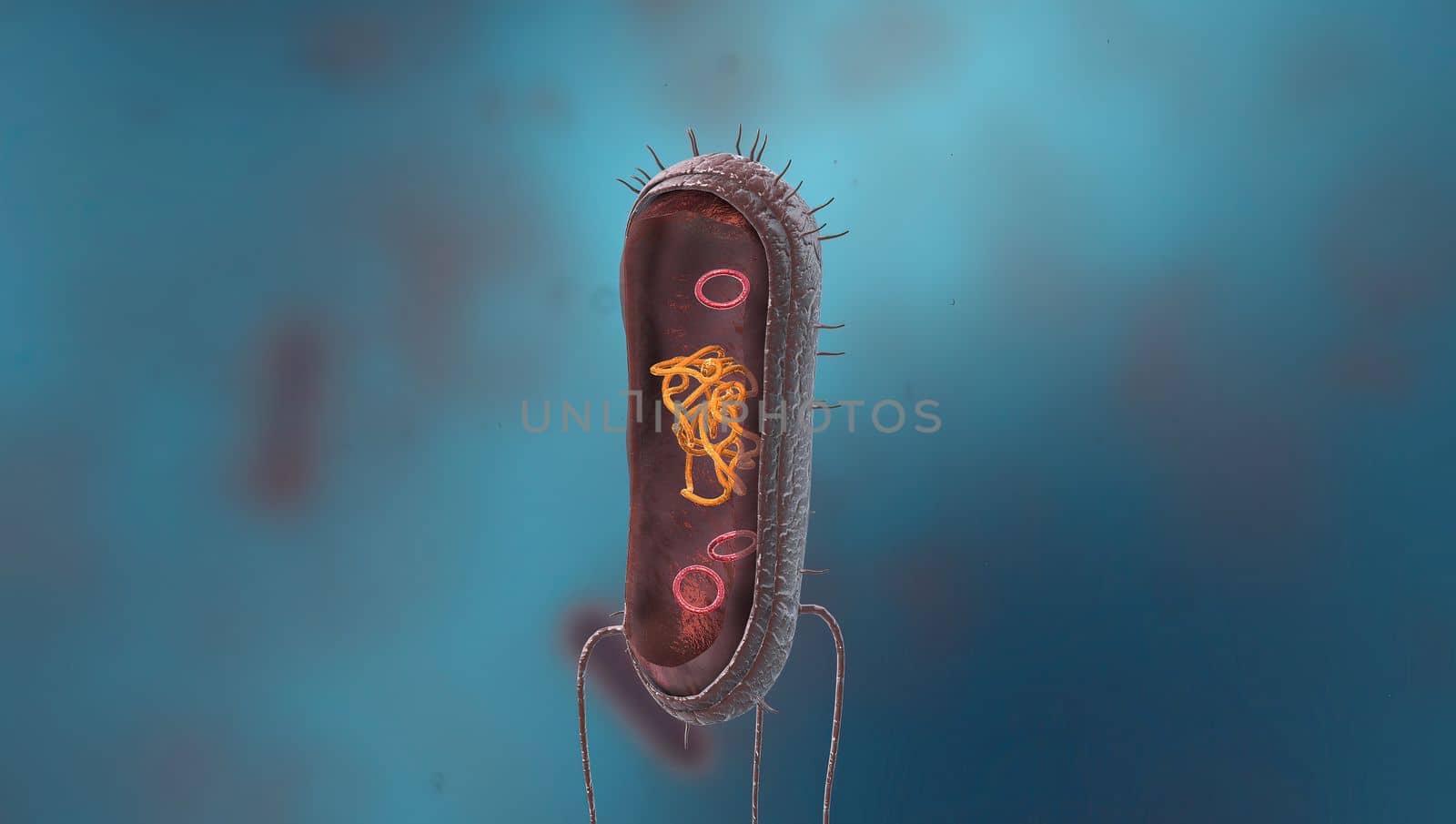
Bacteria are a simple form of life known as prokaryotes.
Stock PhotoUsername
creativepicResolution
5426x3068pxBacteria are a simple form of life known as prokaryotes.

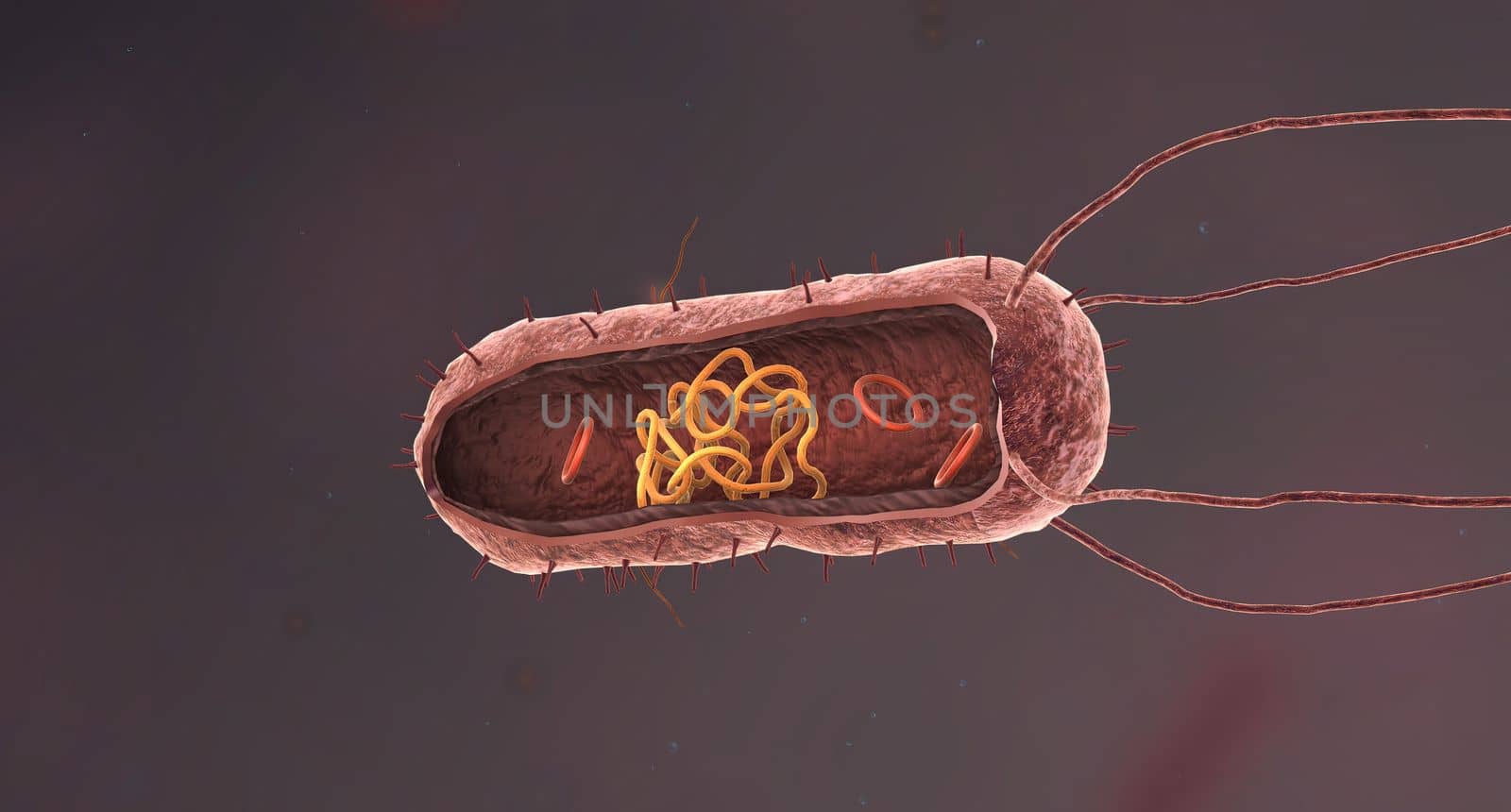
In cell biology, mitosis is a part of the cell cycle in which replicated chromosomes are separated into two new nuclei. 3D illustration
Stock PhotoUsername
creativepicResolution
5726x3076pxIn cell biology, mitosis is a part of the cell cycle in which replicated chromosomes are separated into two new nuclei. 3D illustration

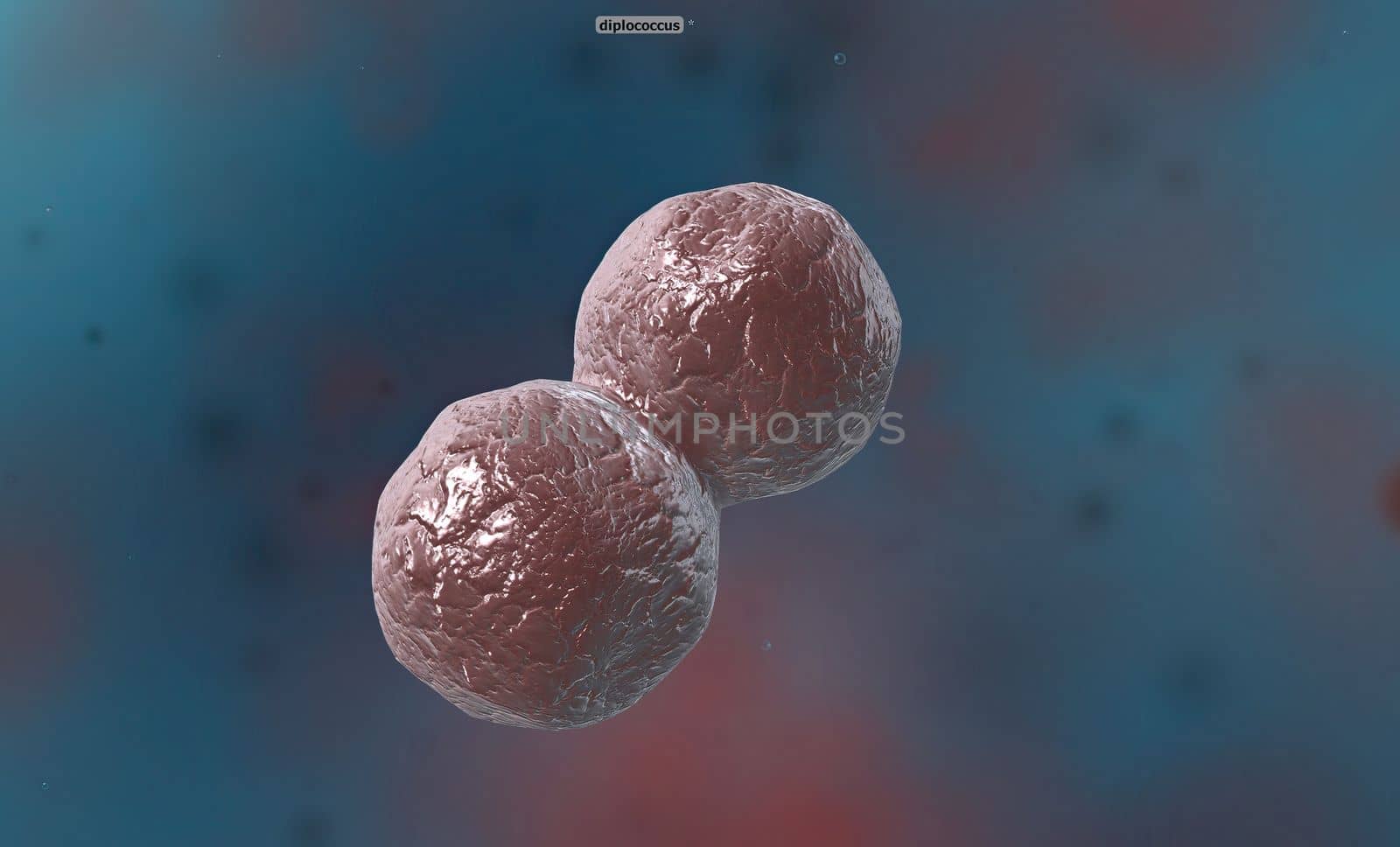
A cocci are any bacteria or archaeon that have a spherical, oval, or generally round shape.
Stock PhotoUsername
creativepicResolution
5072x3068pxA cocci are any bacteria or archaeon that have a spherical, oval, or generally round shape.

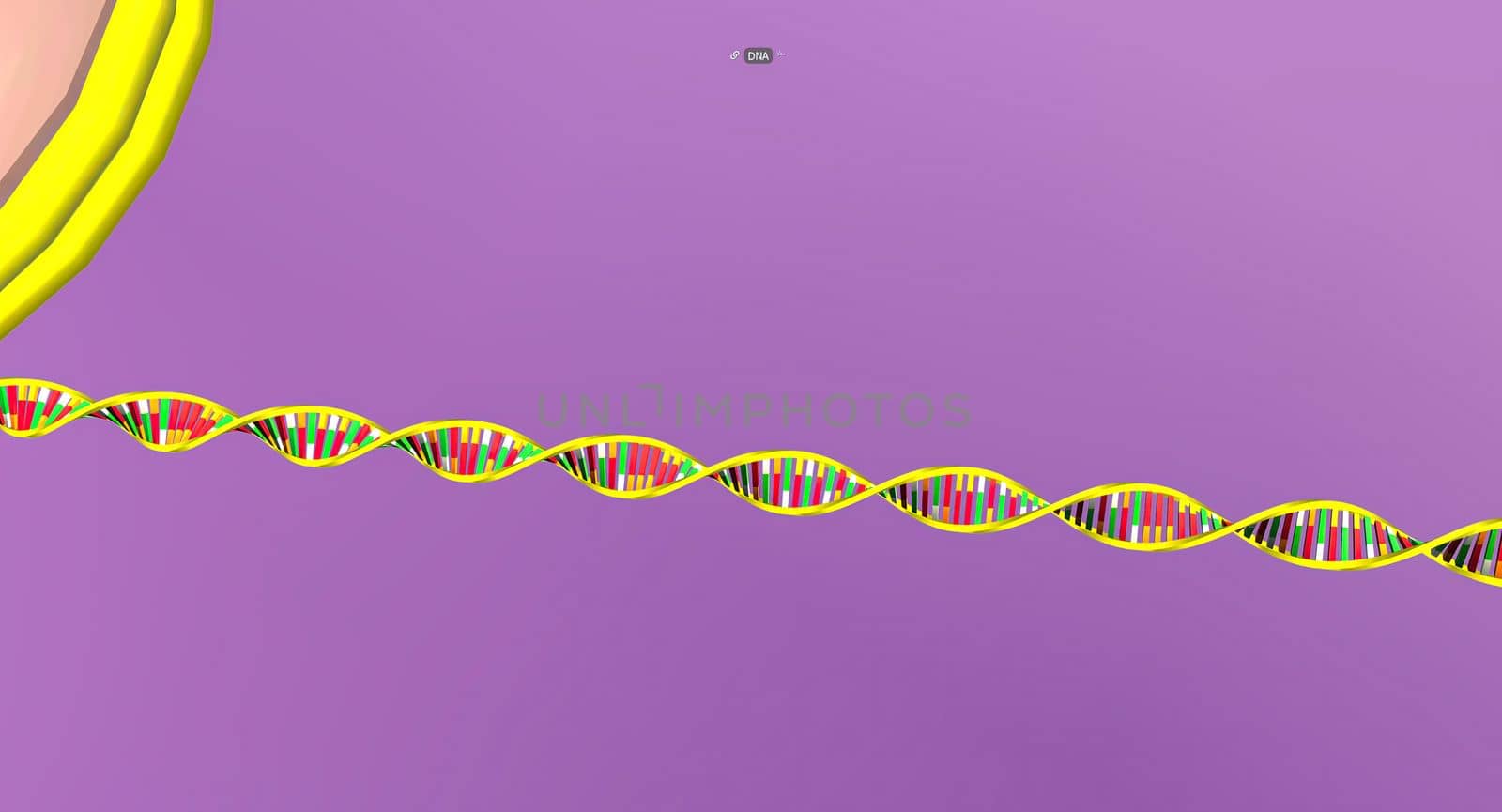
Chromatin is a complex of DNA and protein found in eukaryotic cells
Stock PhotoUsername
creativepicResolution
5678x3068pxChromatin is a complex of DNA and protein found in eukaryotic cells

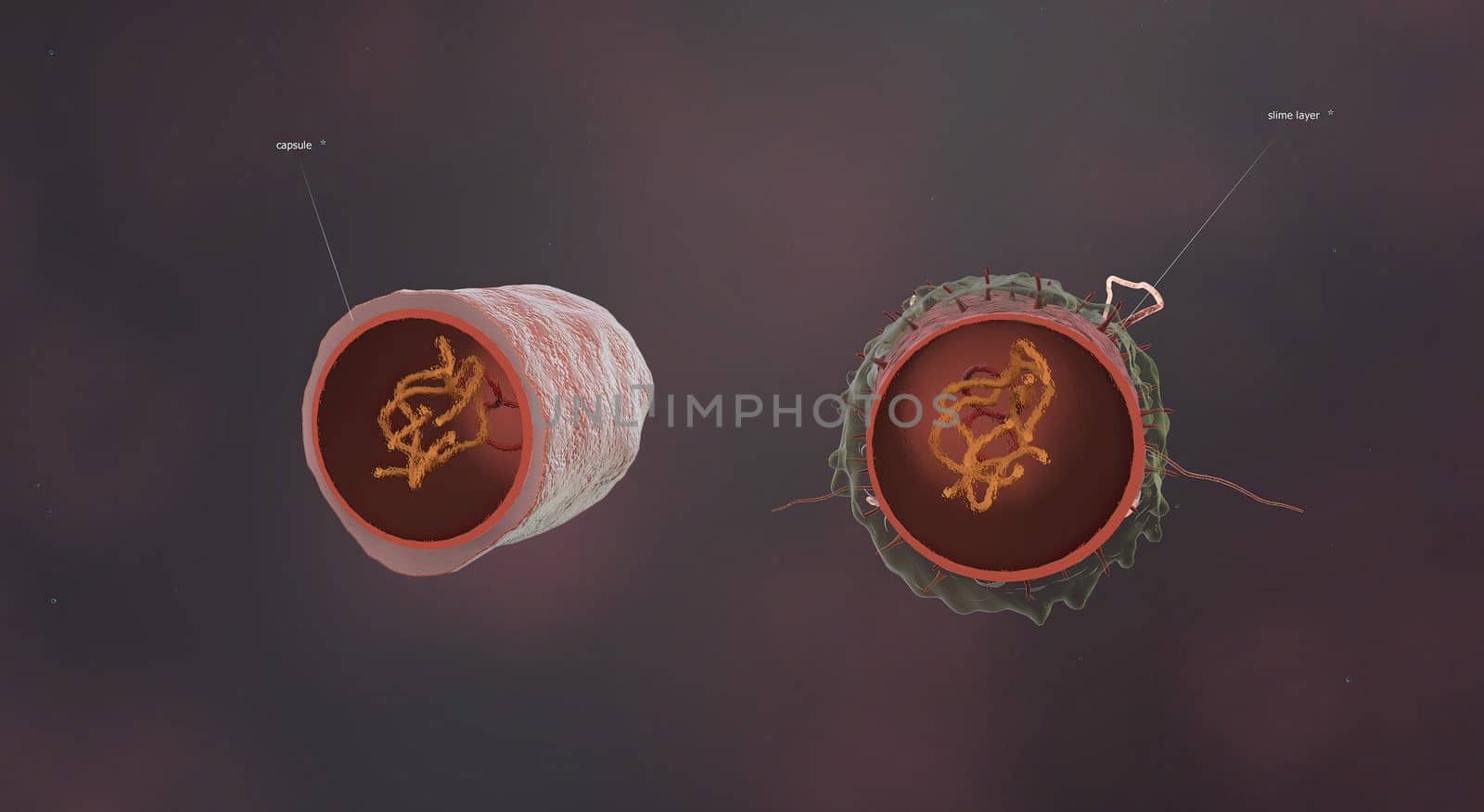
Bacteria are small single celled organisms.
Stock PhotoUsername
creativepicResolution
5602x3066pxBacteria are small single celled organisms.

